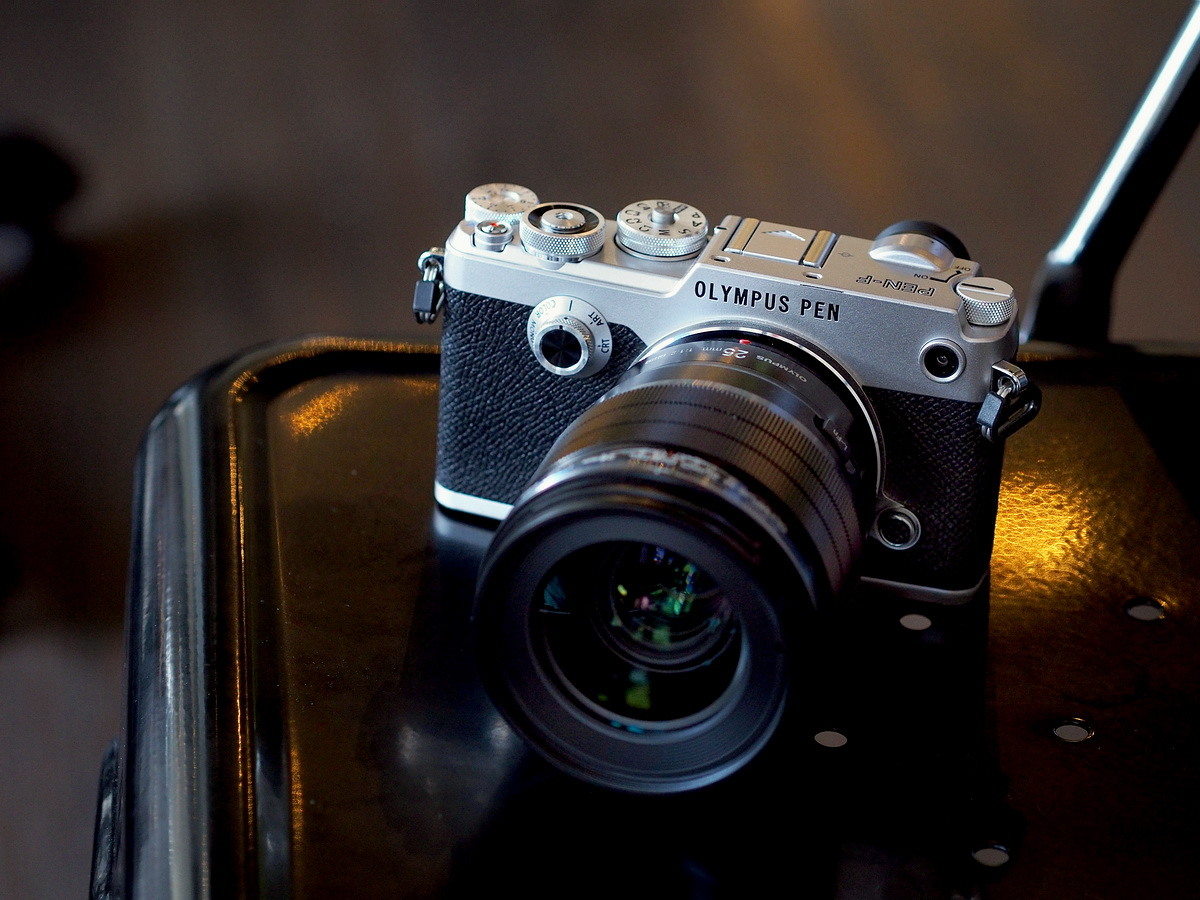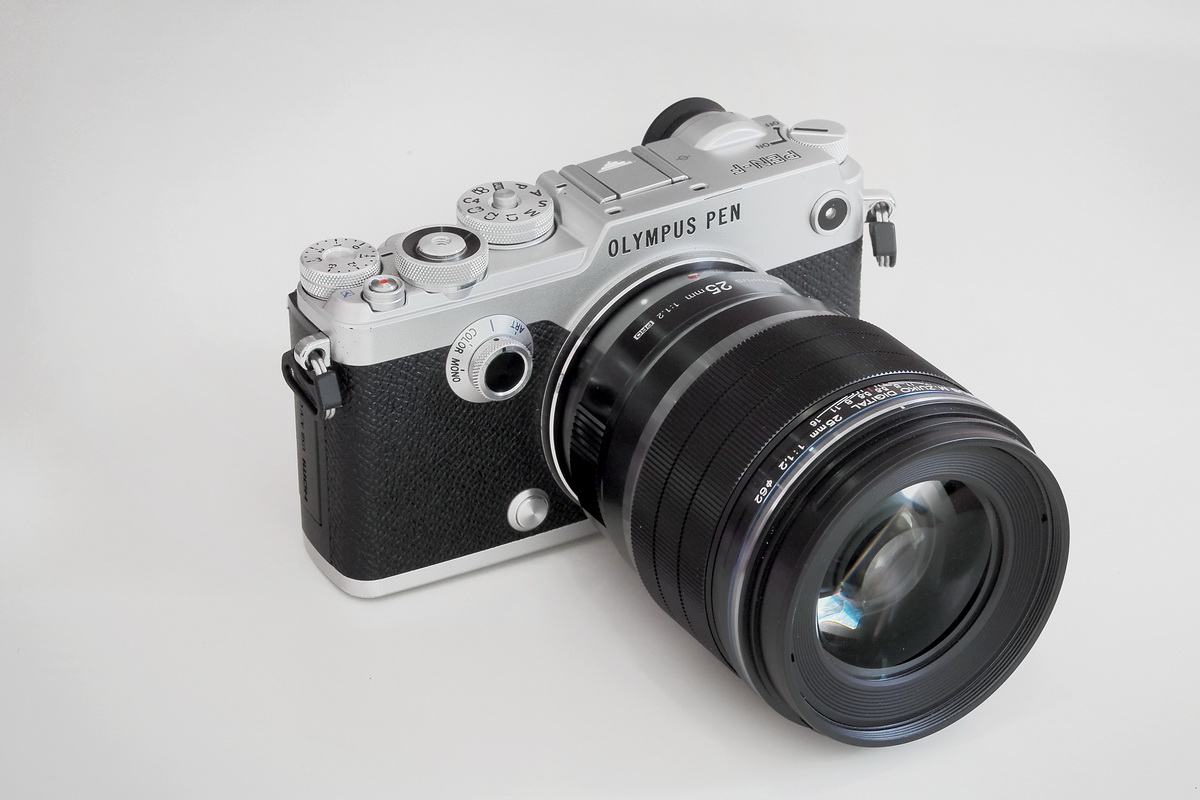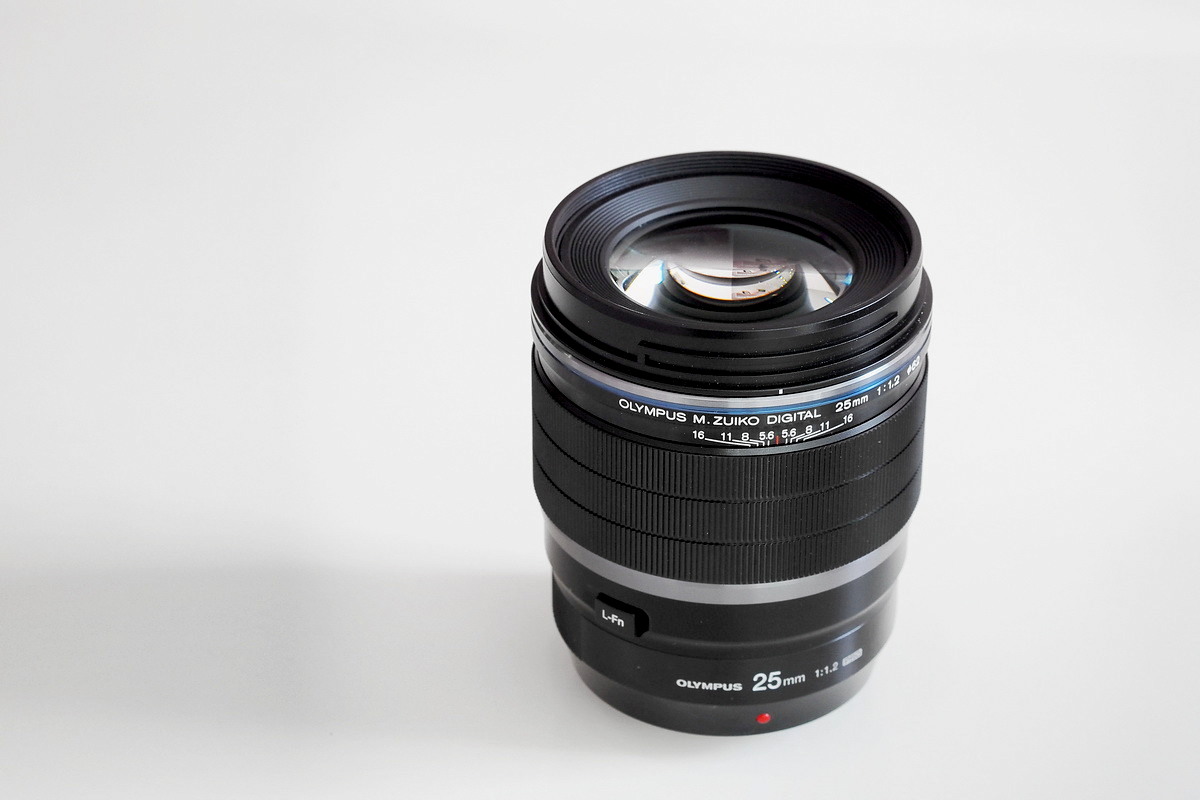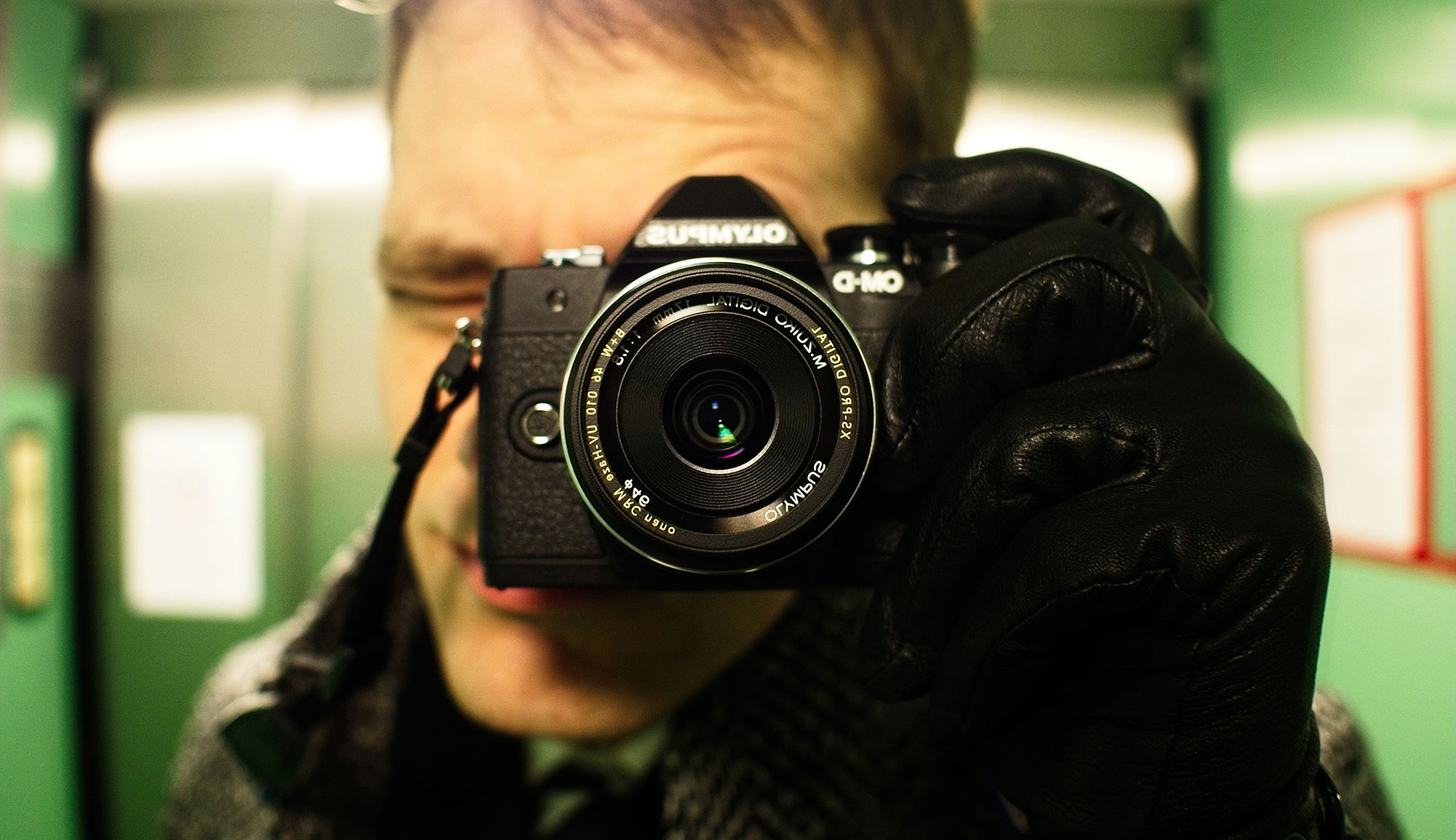Olympus M.Zuiko 25mm F1.2 PRO lens review
Important Notes:
1. I am an Olympus Malaysia employee.
2. This is a user experience based review, based on my personal opinion which can be subjective.
3. All images were shot in RAW and converted directly to JPEG (High Quality) via Olympus Viewer 3.
4. General camera settings, Noise Filter = OFF, Contrast/Saturation/sharpness = 0, White Balance = Auto (with an option maintain warm color = OFF), Gradation = Normal
5. Minimal post-processing applied to the images, with slight brightness/contrast balance tweak. All images were almost as good as straight out of camera, with minimal cropping for better presentation.
Today Olympus has announced quite a number of new products in Photokina, one which excited me the most was the Olympus M.Zuiko 25mm F1.2 PRO lens, which is the first ever F1.2 digital lens from Olympus! Panasonic was the first to introduce an F1.2 lens, the 42.5mm F1.2 Nocticron about 2 years ago, and now we have another F1.2 lens option for the Micro Four Thirds standard with the new 25mm F1.2 Olympus addition.
WHY F1.2?
The equivalence argument will see no end, so I will just mention this right away before I dive deeper into my review: Micro Four Thirds will never achieve as shallow depth of field as larger image sensor-sized systems, that is a fact, and we can just stop comparing right there. There really is no point to go on further, if you do need as much blur of a background you can get, and rendering shallow depth of field is your utmost priority in photography, then by all means, please get yourself full frame camera and lenses. Having an F1.2 lens on Micro Four Thirds is not a magic bullet that will miraculously compete head on with larger formats.
Nevertheless, having a true F1.2 lens still brings many desirable benefits to overall photography applications. The biggest advantage is the ability to gather more light into the camera with significantly larger aperture opening, thus aiding in low light photography by allowing the use of one or two stops of lower ISO setting. While the shallow depth of field is in no competition with larger format systems (which we have established earlier), for Micro Four Thirds, F1.2 lens will render noticeably shallower depth of field in comparison to F1.8, and this can enhance subject isolation if needed. Furthermore, looking at the collection of Micro Four Thirds lenses (Olympus and Panasonic mostly), most of the other lenses are already available: fisheye, macro, ultra wide angle, super telephoto, zoom lenses for varying range of use, etc. Now, I believe both companies will focus their efforts in releasing lenses with larger wide open aperture, eg F1.2.
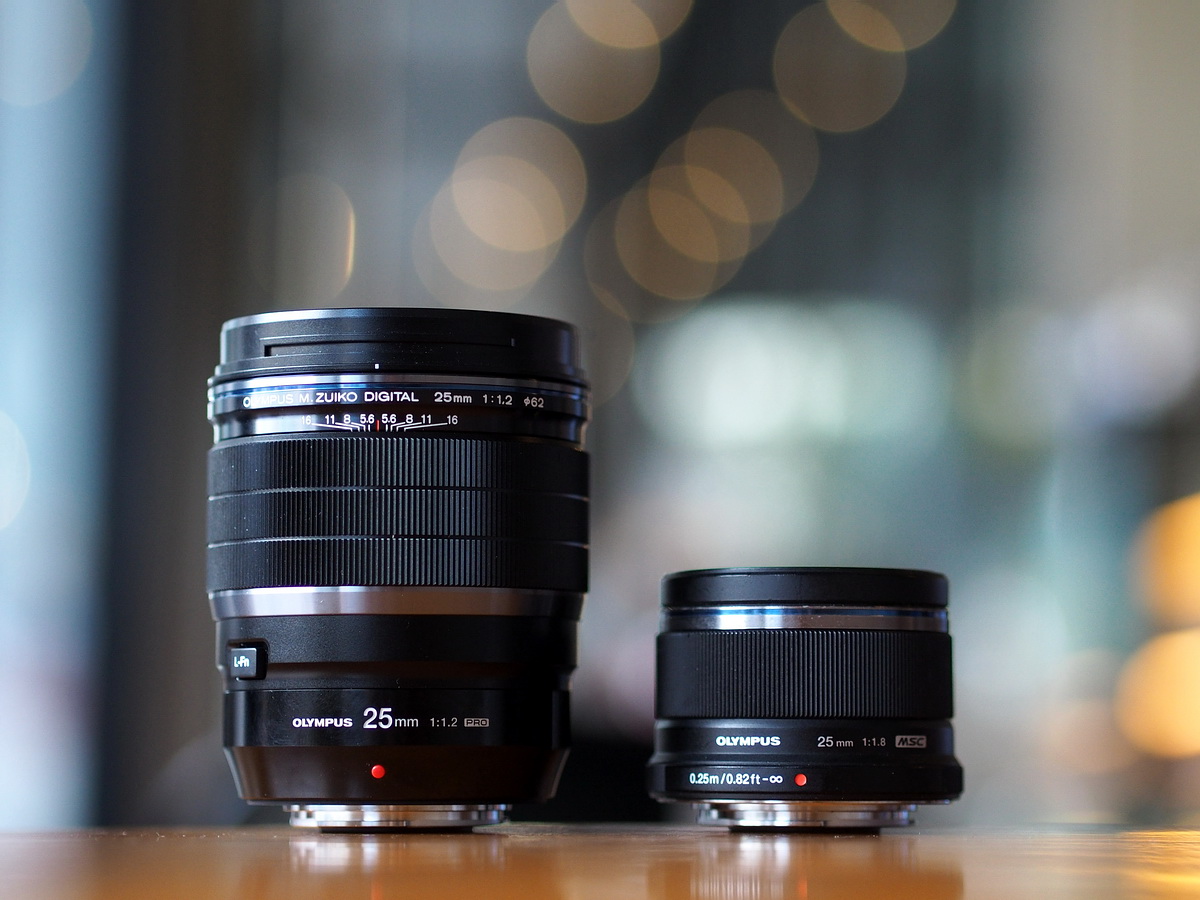
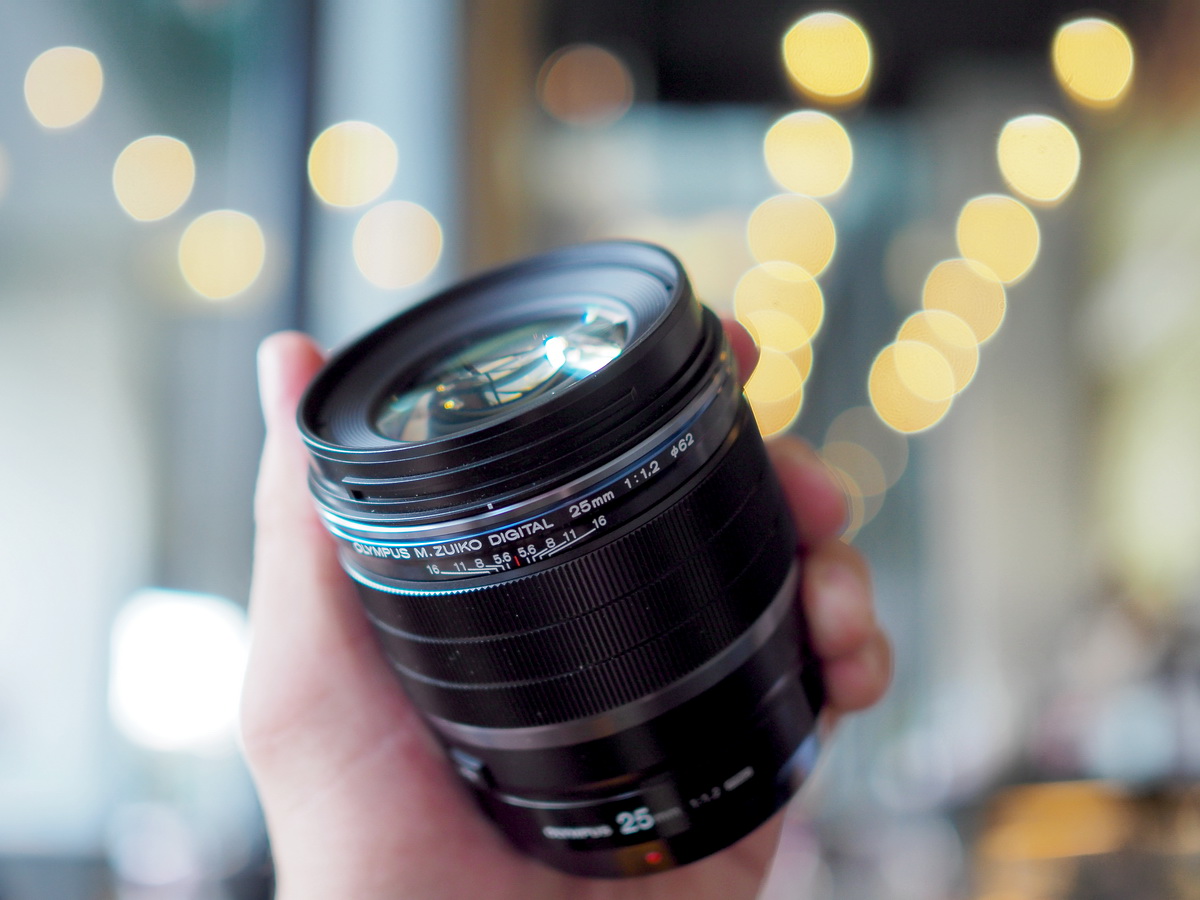
ABOUT THE OLYMPUS M.ZUIKO 25MM F1.2 PRO
The following are the highlights of the new 25mm F1.2 PRO lens:
1) It is designed to achieve the highest resolution possible
Considering the tradition of Olympus M.Zuiko lenses I have been using up to now, I am expecting extremely high image quality from the optics, and I also expect the lens to perform well even at widest aperture F1.2. The lens is constructed of 19 elements in 14 groups, which is quite impressive, including the use of 1 Super ED lens, 2 ED lenses, 3 HR Lenses, 1 E-HR lens and 1 Aspherical lens. We will find out more about how this lens performs in real world shooting.
2) F1.2 delivers beautiful bokeh
Nothing much to be said here really, seeing is believing and I have plenty of samples to show with abundant bokeh in my shots. Certainly, having F1.2 as an option is a welcome, and it does make a huge difference over the F1.8 lens.
3) Fast Autofocus
We expect the AF performance to be similar to all the current M.Zuiko lenses, which is super fast and accurate, and works efficiently. The 25mm F1.2 PRO utilizes inner focusing mechanism, and MSC compliant focusing for quick and silent operation.
4) Minimum focusing distance of 19.5cm (from lens to subject)
While this is no macro lens, the closest focusing distance of 19.5cm is quite respectable, resulting in maximum magnification of about 0.22x real life (equivalent to 35mm format).
5) Fully Weather-Sealed
Like all PRO lenses, this 25mm F1.2 PRO is also fully sealed against splash, dust and freezing down to minus 10 degrees Celsius.
6) Other Features
The lens is coated with Z-Nano Coating, which is claimed to be highly effective in resisting flare and ghosting. Also, there is a lens function button that can be customized for any functions within the camera settings menu. There is also a manual focus clutch function, with depth of field scale built onto the lens itself. The lens comes with a supplied bowl-shaped hood for further resistance against flare. The lens diameter is 62mm, weighs about 400g and is approximately 87mm long.
I have spent in total 2 days of shooting time, to obtain sufficient photographs for this blog review. I have shot along the streets in various locations, and even arranged a portrait shooting session with a friend, Carmen. After all, this lens is most likely going to be used as a portrait lens, so I wanted to test it out on an actual portrait shoot.
Let’s dive into some sample photographs, and the first item in discussion is image quality!
ALL IMAGES WERE TAKEN WITH
OLYMPUS M.ZUIKO 25MM F1.2 PRO LENS ON AN OLYMPUS PEN-F
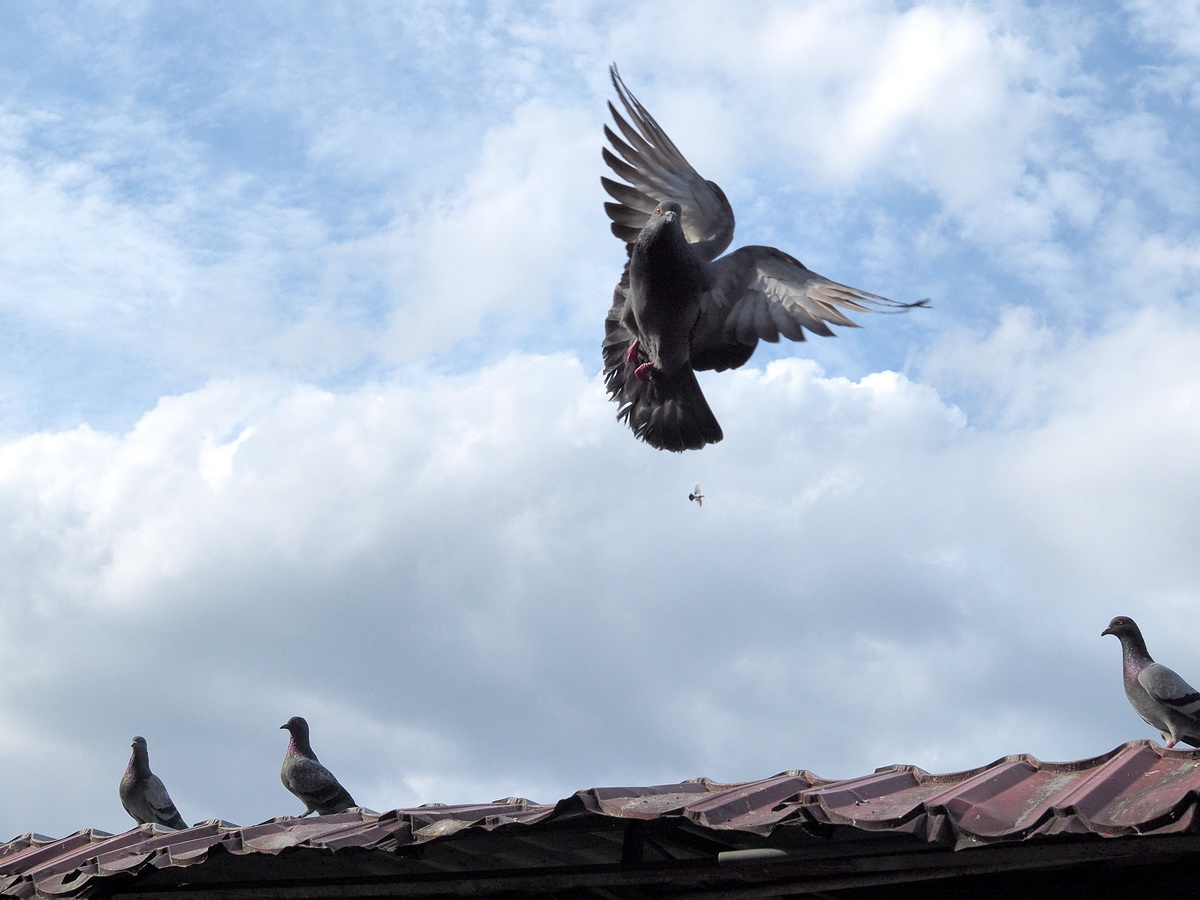
The Autofocus was so incredible I could freeze a bird in mid flight.
Ok I was kidding. This shot was placed here because I like it a lot. Though honestly it does not show anything about the lens’ capabilities.
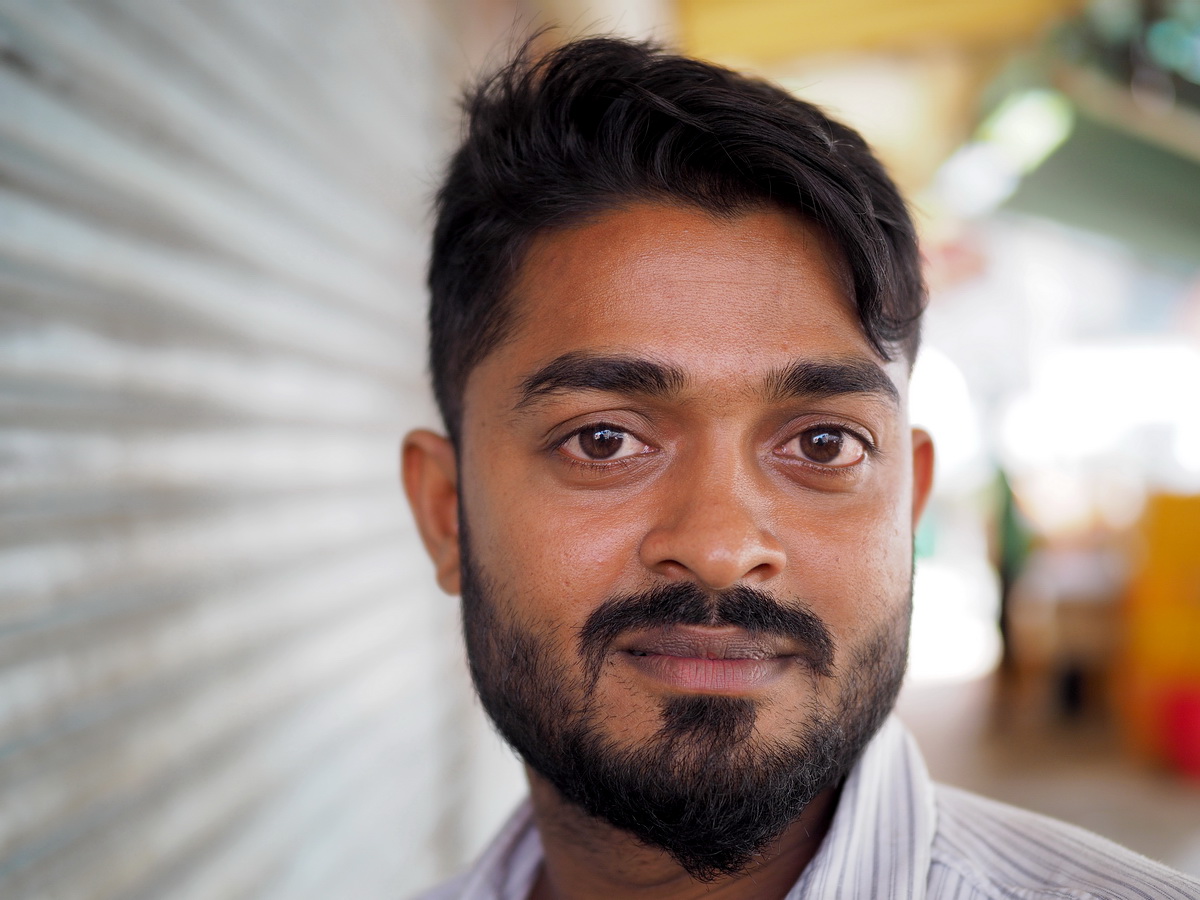
Portrait of a stranger 1.
And by now, you should know what is coming. The eye pixel-peeping crop.
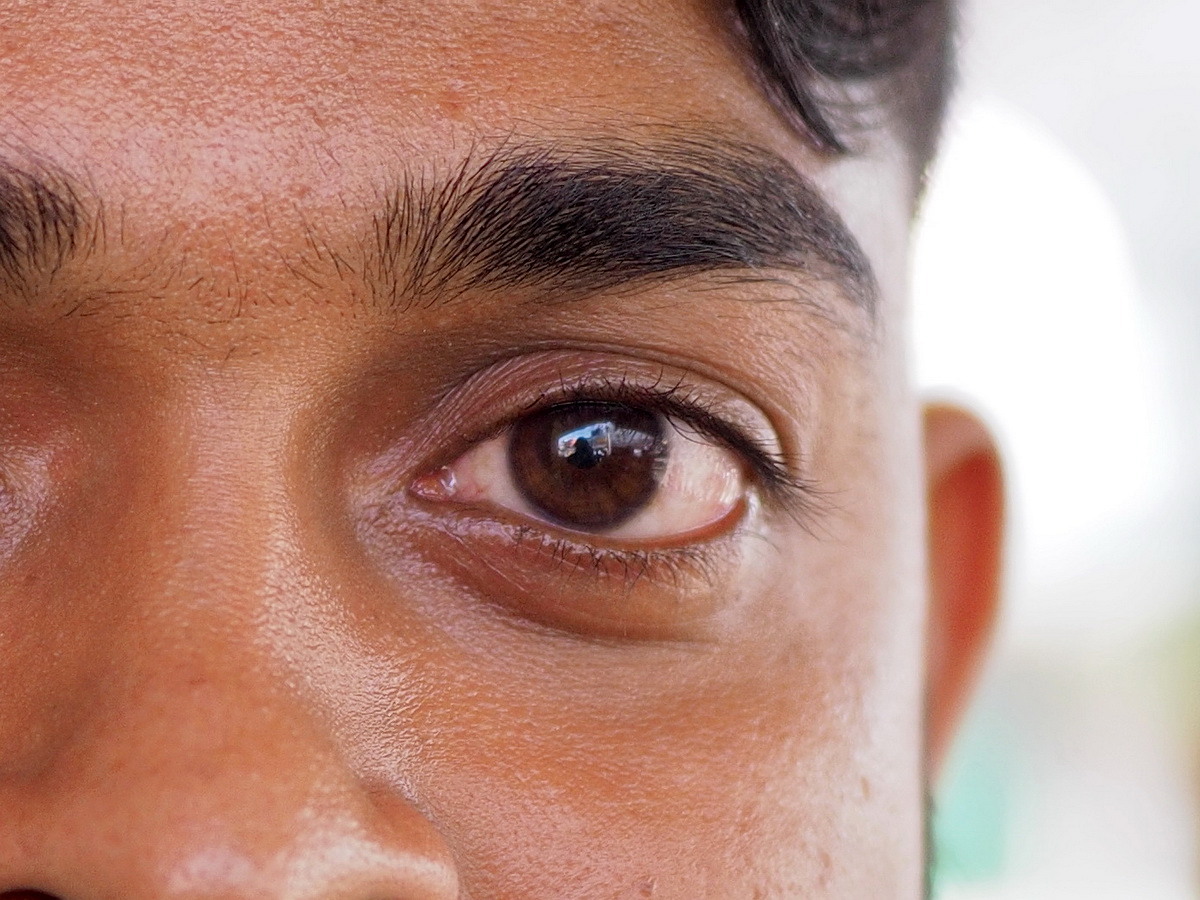
Shot at widest F1,2, the lens is already razor sharp!

Portrait of a Stranger 2.
Alright, one sample is not enough, I know I know. Here is another one. In fact, there will be many more to satisfy all our pixel-peeing needs. Pixel-peeing is ok, I am not against it.
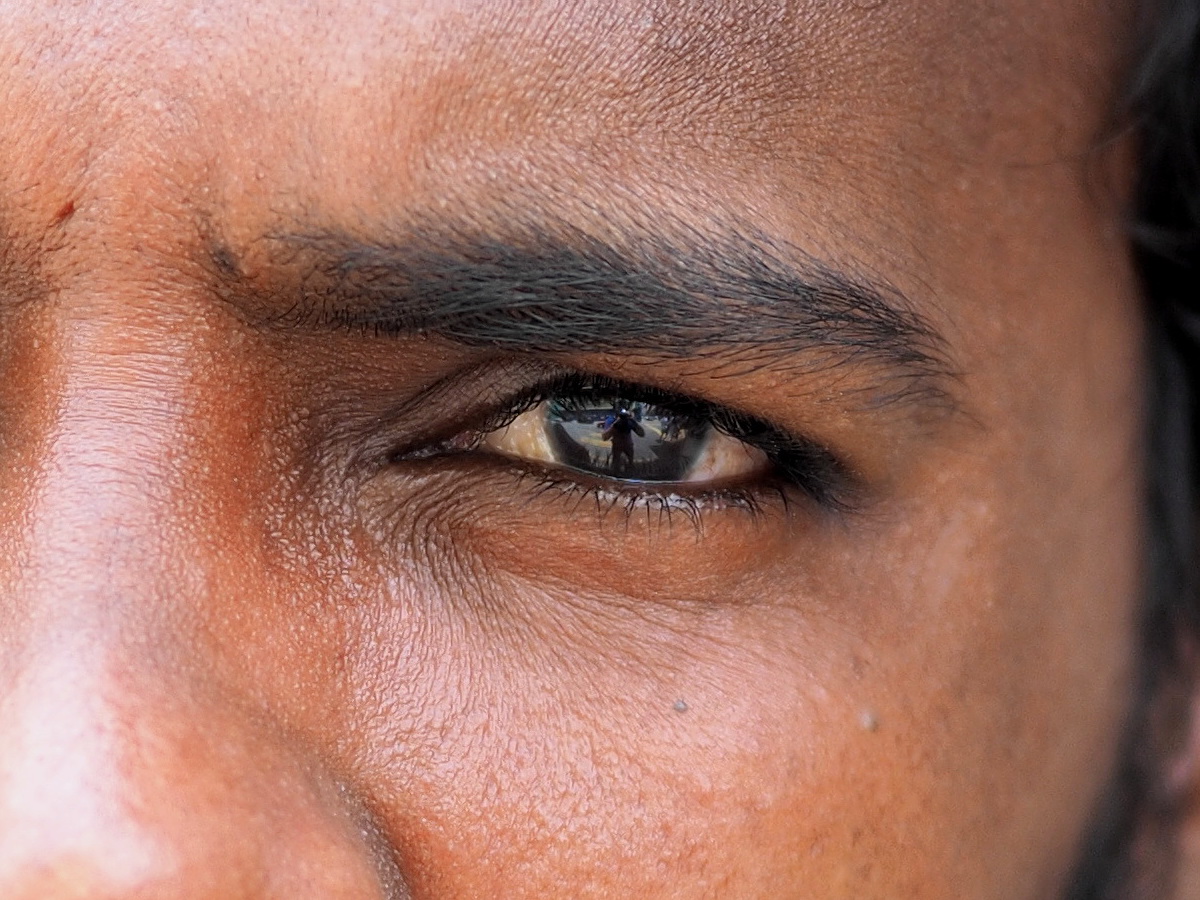
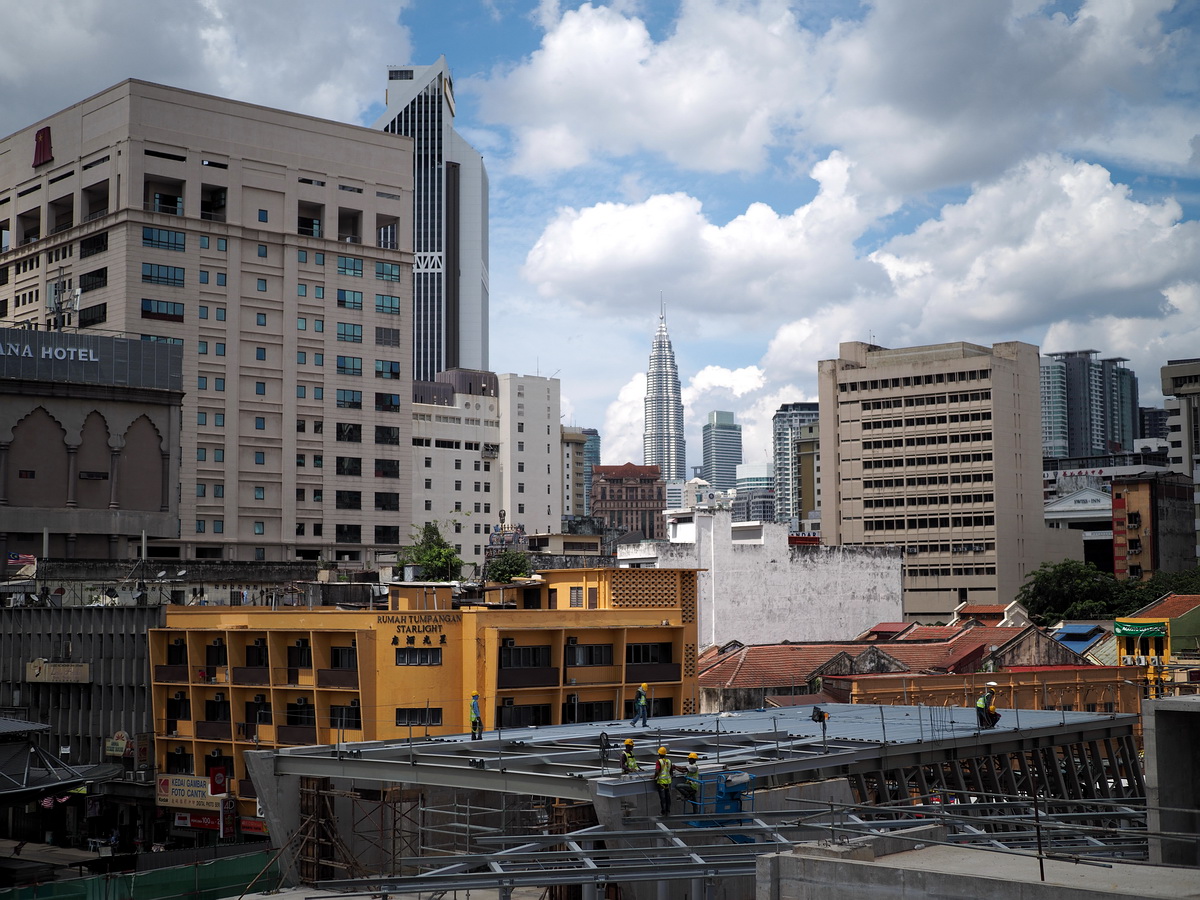
I purposely shot this scene at F1.2 widest, to smoke out all technical flaws of the lens. I was anticipating plenty of chromatic aberration and corner softness. However, I was quite pleased to find out I was wrong. The image came out sharp! And almost completely flaw-free. Which is quite impressive.


I could not believe that the F1,2 was already so good, so I took another test, and this time, I also captured a similar frame with F5.6, using ISO200 and the normal shutter.

The F5.6 image (on the left) had much better clarity and dynamic range, because it was taken at ISO200, the base ISO. F1.2 image (on the right) suffers lack of dynamic range due to the pushed ISO Low, hence it was not really a fair comparison. Nonetheless, you just have to admit the result of the F1.2 was nothing to be scoffed at, completely no trace of chromatic aberration and quite frankly, already sharp enough at widest aperture.
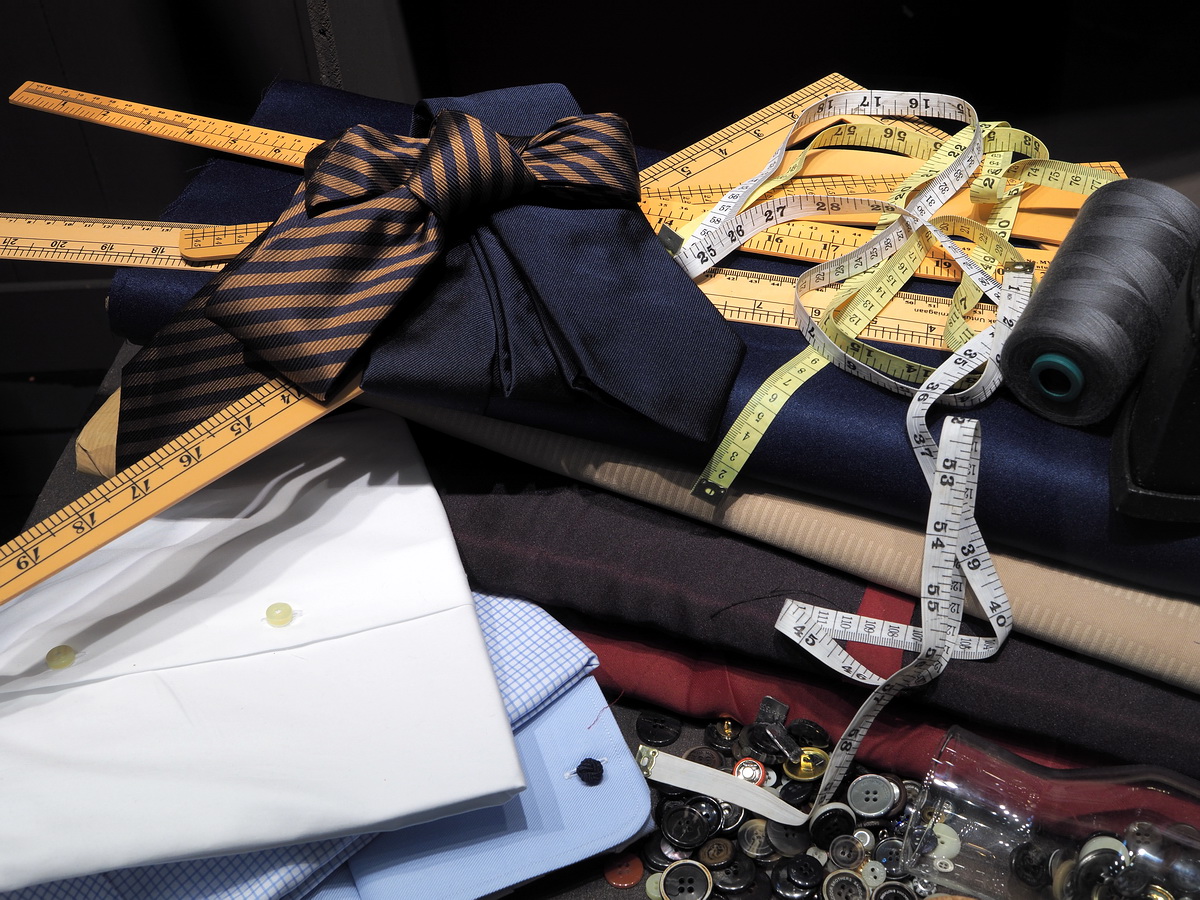
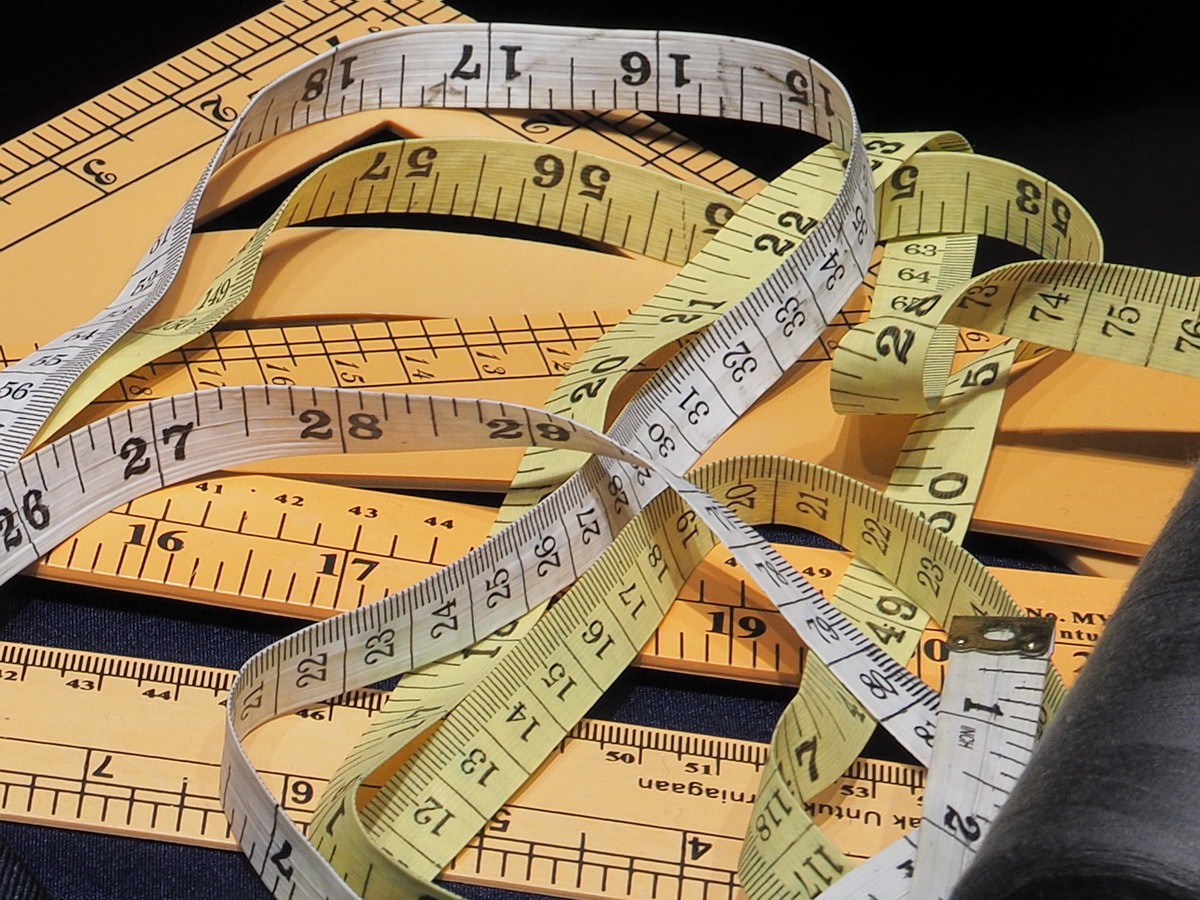
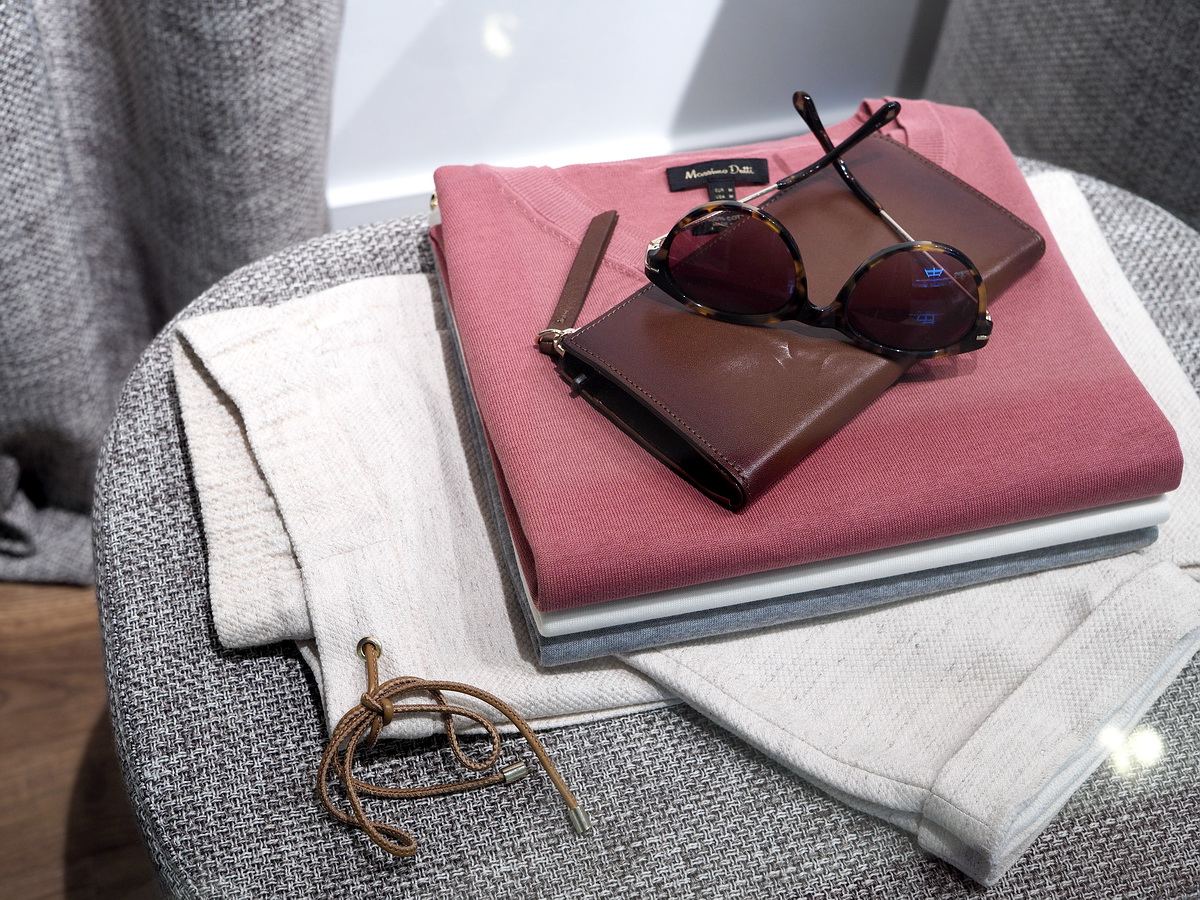



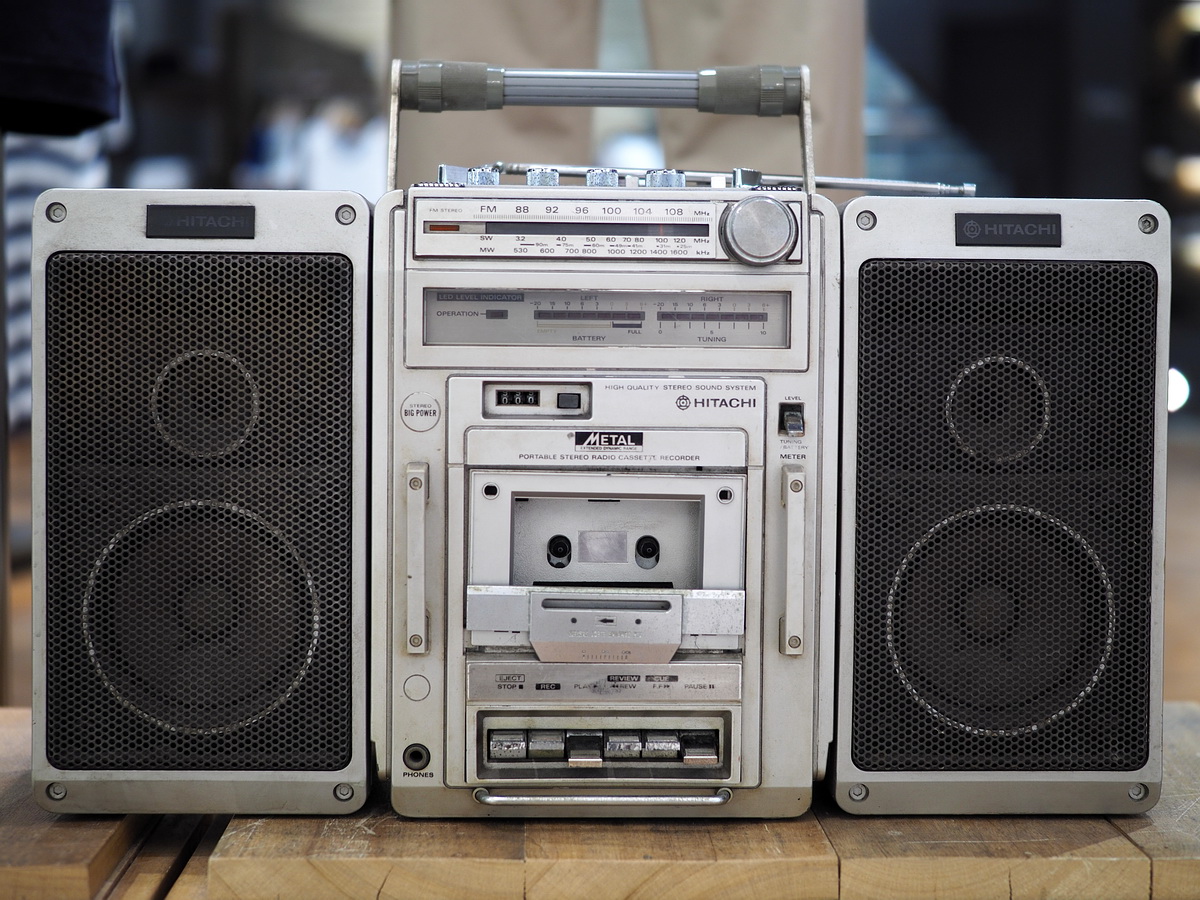

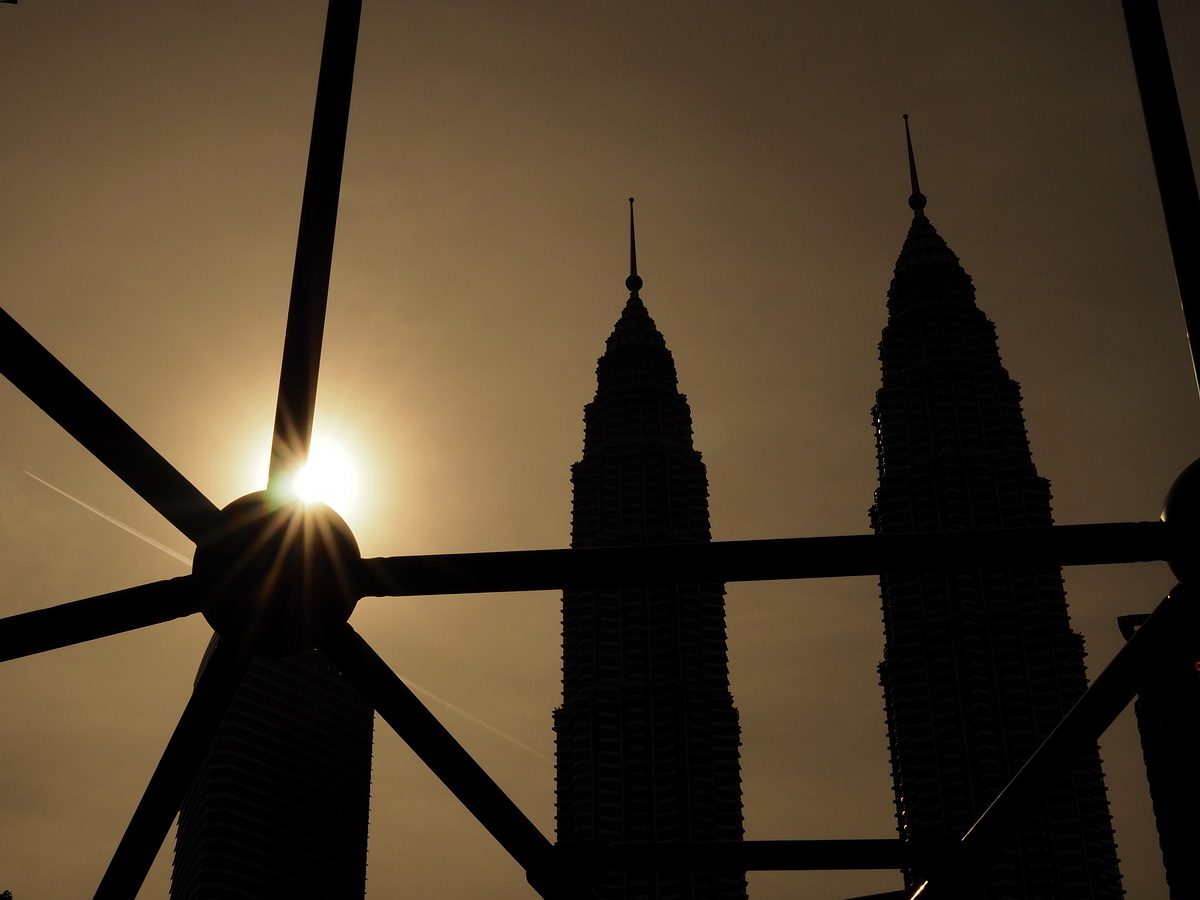
IMAGE QUALITY
The sharpness that the 25mm F1.2 PRO lens delivers is impressive. It is already showing excellent sharpness, even shooting at the wide open aperture of F1.2. Stopping down to F2 and smaller apertures yield sharper results, but you do need to pixel peep to tell the difference.
Looking at the crop images of Portraits of Strangers, zooming into the eye area revealed very high level of clarity, not only good sharpness, but good contrast as well. I do find the images to exhibit very good depth, resulting in pleasing, 3-D feel, and this can only be accomplished with the presence of sufficient lens contrast and sharpness. Taking advantage of the fact that the newer Micro Four Thirds cameras from both Olympus and Panasonic have electronic shutter option that allows faster shutter speed (typically capped at 1/16000sec), F1.2 wide open aperture can actually be used in broad daylight. I found no issue shooting at F1,2 wide open under harsh, tropical Malaysian sun. Using electronic shutter and extended ISO Low will generally result in softer looking images and reduced dynamic range, but the compromise is not too significant and can be safely neglected (unless you are a chronic pixel-peeper, then we shall have a separate discussion).
Not only is the 25mm F1.2 PRO lens incredibly sharp, it is also technically well controlled against lens optical flaws. I notice no signs of barrel distortion in any of my shots. Chromatic abberation is effectively suppressed, and I only noticed very minimal traces of purple fringing in extreme contrast conditions when shooting at F1.2, but not enough to be intrusive to the image, and can be easily corrected in post-processing. Flare control is very good, and I did not notice any flare or ghosting throughout my shoot.
LENS HANDLING
The 25mm F1.2 PRO is not a small lens. It is similar in size or perhaps a little smaller than the M.Zuiko 12-40mm F2.8 PRO lens, In comparison to the older M.Zuiko 25mm F1.8 lens, the new 25mm F1.2 lens is noticeably larger and heavier, and by no means having a compact form factor.
I have used the 25mm F1.2 PRO on a PEN-F all the time, and I find the handling on PEN-F to be quite good. It is as if I was holding a 12-40mm F2.8 PRO lens, hence I was feeling right at home, and shooting with the lens was comfortable throughout all sessions with no issues. It should handle well with any OM-D cameras with no issue.
I understand that many would appreciate the usual compact form factor of Olympus prime lenses, such as 12mm F2, 17mm F1.8, 25mm F1.8 and 45mm F1.8. However, please also do understand that this is not an F1.8 lens. The aperture opening is F1.2, and it is just physically impossible to make it small, no matter what voodoo or magic applied. Aperture, measured in F-number simply refers to the opening size of the lens, hence the larger the aperture, the larger diameter lens is needed. That is just how it works!
Next, we shall look at the reason why people would buy an F1.2 lens, the BOKEH!!!

Green Arrow vs Bokeh
So we know that F1.2 does better shallow depth of field shots than, say F2.8, or even F1.8. But how much difference does an F1,2 make? The following shots are done to illustrate the difference of depth of field, from F4 to F1.2. I do apologize for the inconsistent framing, as the shot was taken inside an Indian temple. It would be rude to set up a tripod in front of the holy statues and spend 10 minutes shooting the images. Hence I did everything hand-held and as quickly as I can. The results are good enough to demonstrate my point.
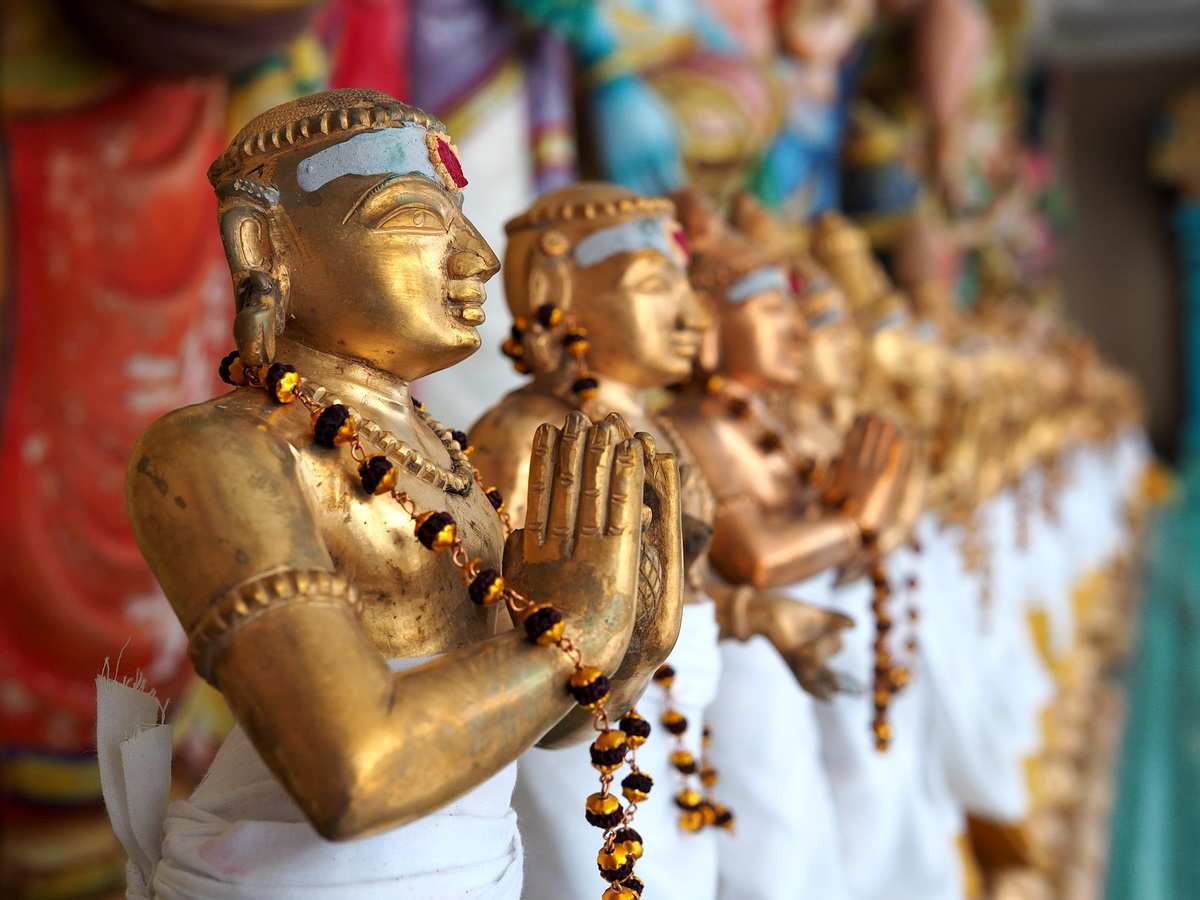
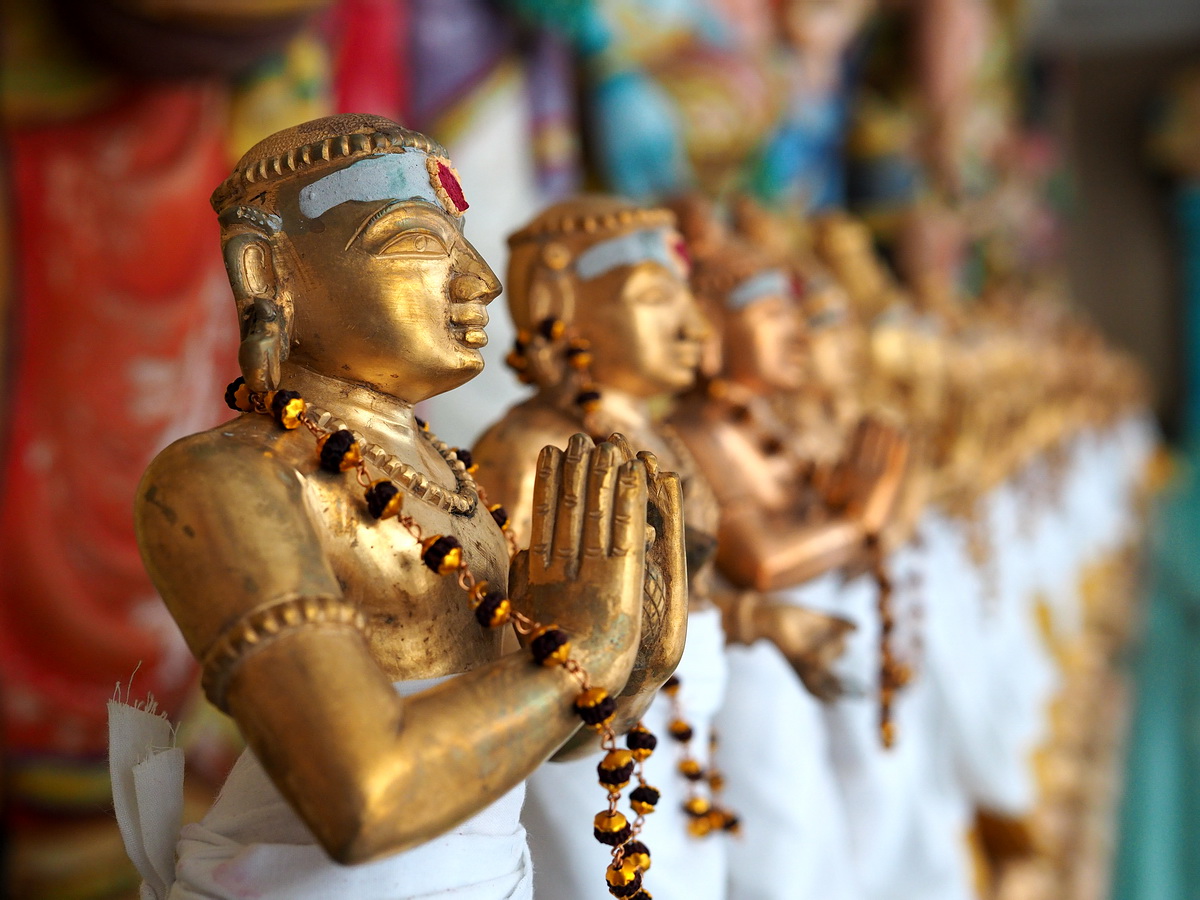
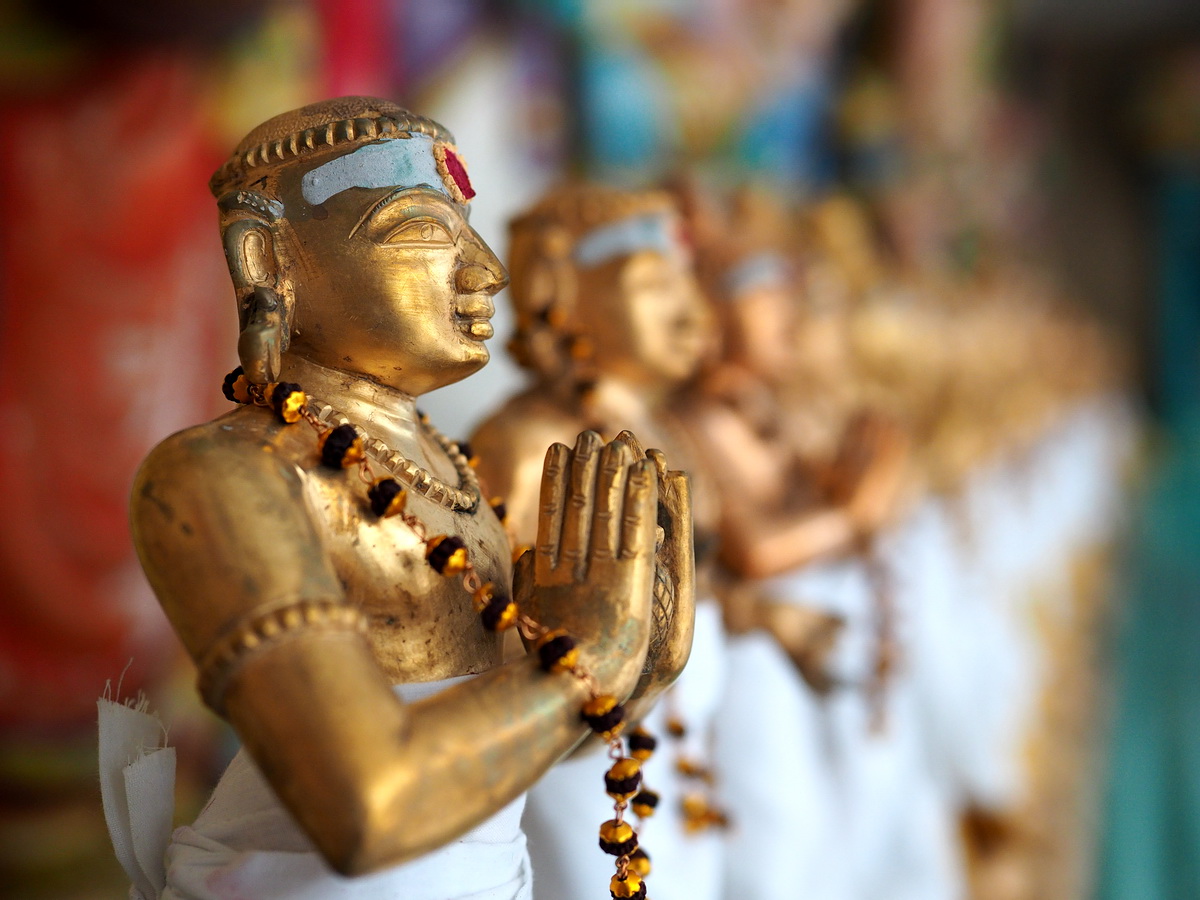

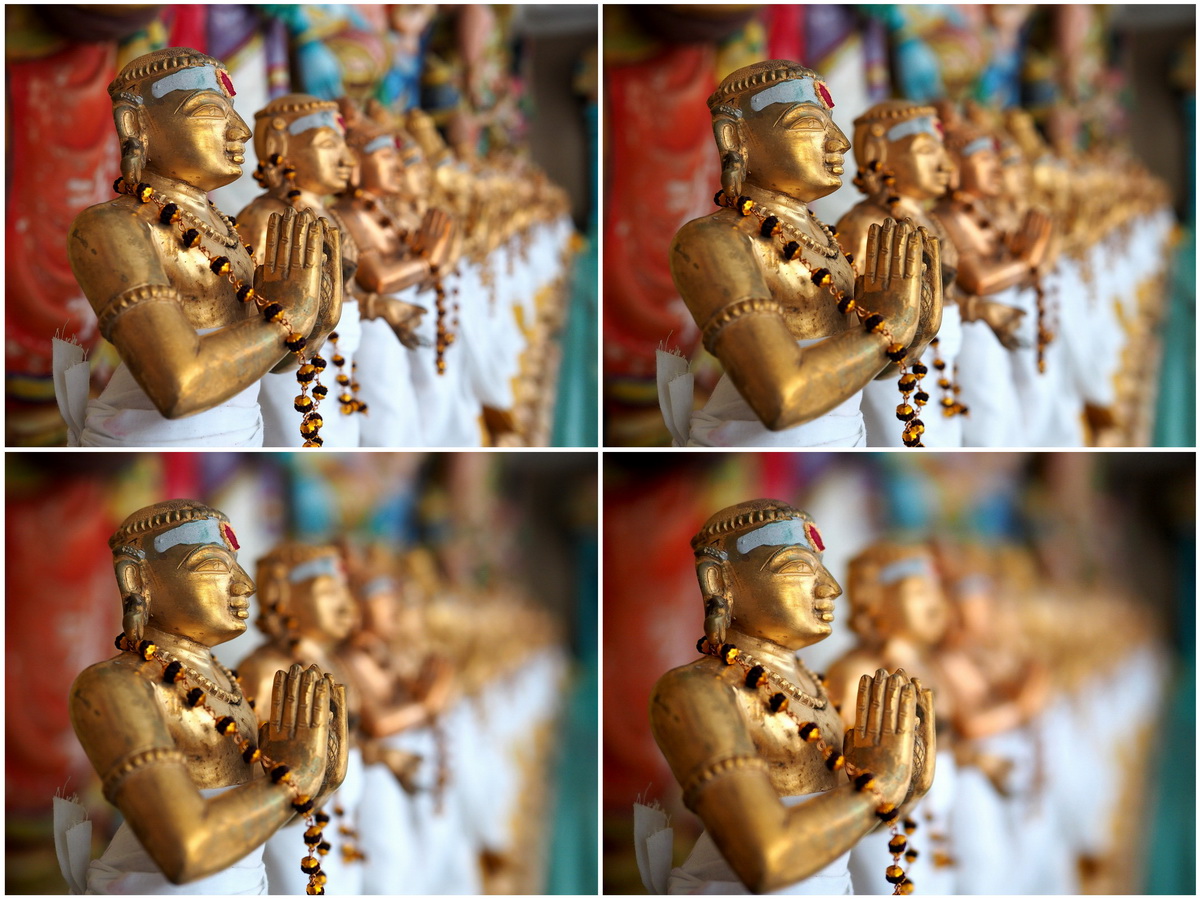
Ok I admit it, I got lazy. Do cut me some slack, putting all this together is a lot of work!

A cup of Flat White is more delicious with creamy bokeh

I really love how the background just melts into creaminess! If this is not a beautiful bokeh, I don’t know what is!

For people shots, you can achieve very good isolation at F1,2, shooting half-body framing. For full body shots, you may need a to go for either the Panasonic 42.5mm F1.2 lens, or the Olympus 75mm F1.8 lens.
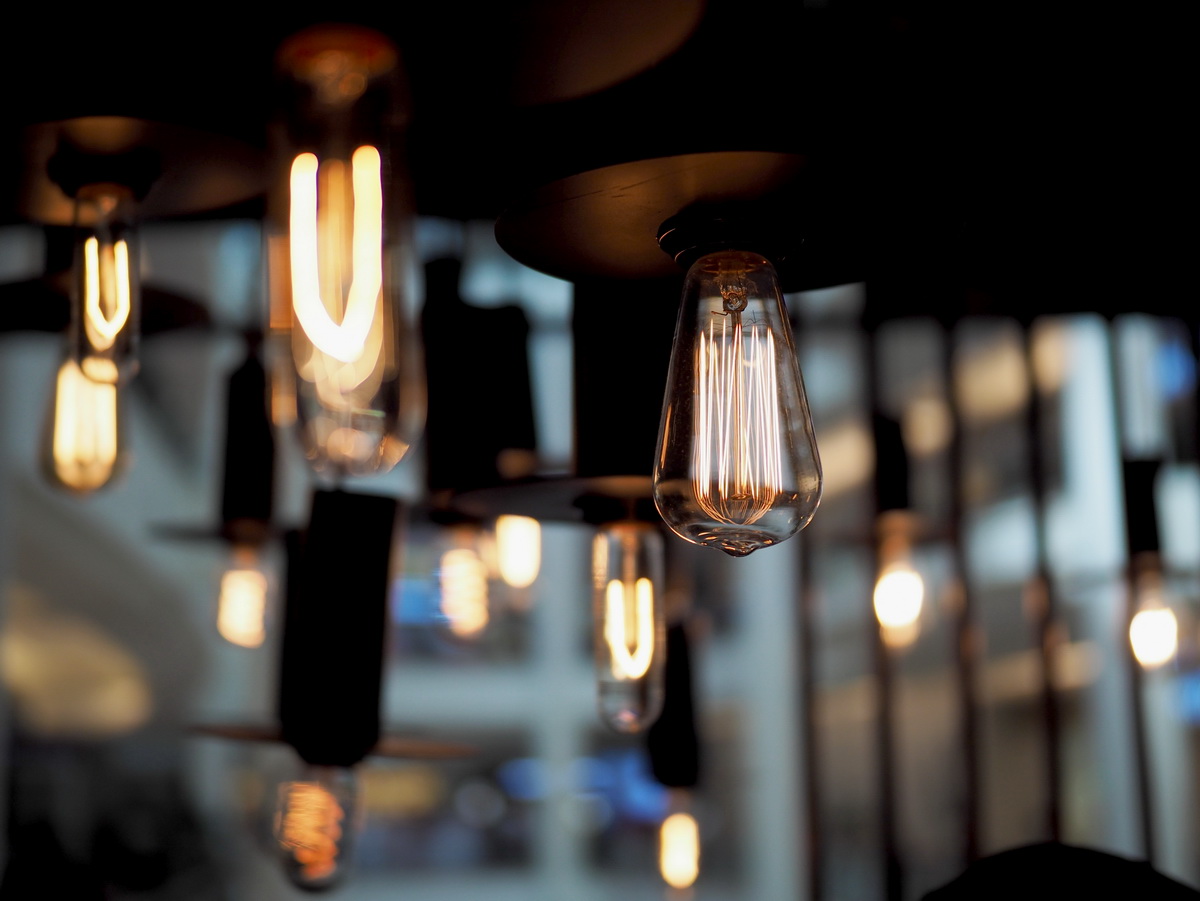
BOKEH BOKEH BOKEH
Alright, so how good is the F1,2 in terms of shallow depth of field rendering? After all, if you are getting this lens, I am sure this will be your most important criterion, to get deliciously beautiful bokeh!
It fares significantly better than what the older 25mm F1.8 can do, and that is evidently shown in golden statue comparisons done above. While the F1.2 can render shallow depth of field, I find that it works best at half body length portraits, as shown in the white mannequin shot above. For full body portraits, it is still not sufficient to successfully isolate the subject.
The bokeh quality, was something else entirely! The creaminess, buttery smoothness was intoxicating. I almost wanted to just use the 25mm F1.2 PRO lens and shoot wide open all the time to generate as much beautiful bokeh as I can in my shots! There is no noticeable harshness in the out of focus area, and I do not find the bokeh to be distracting even shooting against harsh light (there are several examples down below too). The high level of sharpness achieved at F1,2, with the heavy background blurring created this surreal result which is realistic at the same time!
AUTOFOCUS PERFORMANCE
The focusing speed and accuracy of the 25mm F1.2 PRO lens is on par, and similar in performance with all the PRO lenses, eg 12-40mm F2.8 PRO and 40-150mm F2.8 PRO. The focusing speed is blazing fast, and I nailed my focus almost instantaneously without facing any issue at all.
One important thing to note about the focusing, even at F1.2, I have rarely missed focus. Even if I did, it was not the camera or lens’ fault, it was my own. I highly recommend that you set the focusing point to the exact area you want to be in focus when shooting wide open F1,2, and do not use the focus-lock and recompose method, especially when you are shooting close up images. Chances of focus inaccuracy is higher with the focus-lock and recompose method.
CLOSE UP SHOOTING PERFORMANCE
Though this is not a macro lens, the 25mm F1.2 PRO can do very decent close up shooting. Getting in close at 19.5cm from the front of the lens minimum focusing distance, produces a maximum magnification of about 0.22x (in 35mm format equivalent).
It is always an advantage when the lens can get closer to the subject, creating more dramatic composition with the ability to reveal even more details on the shot.
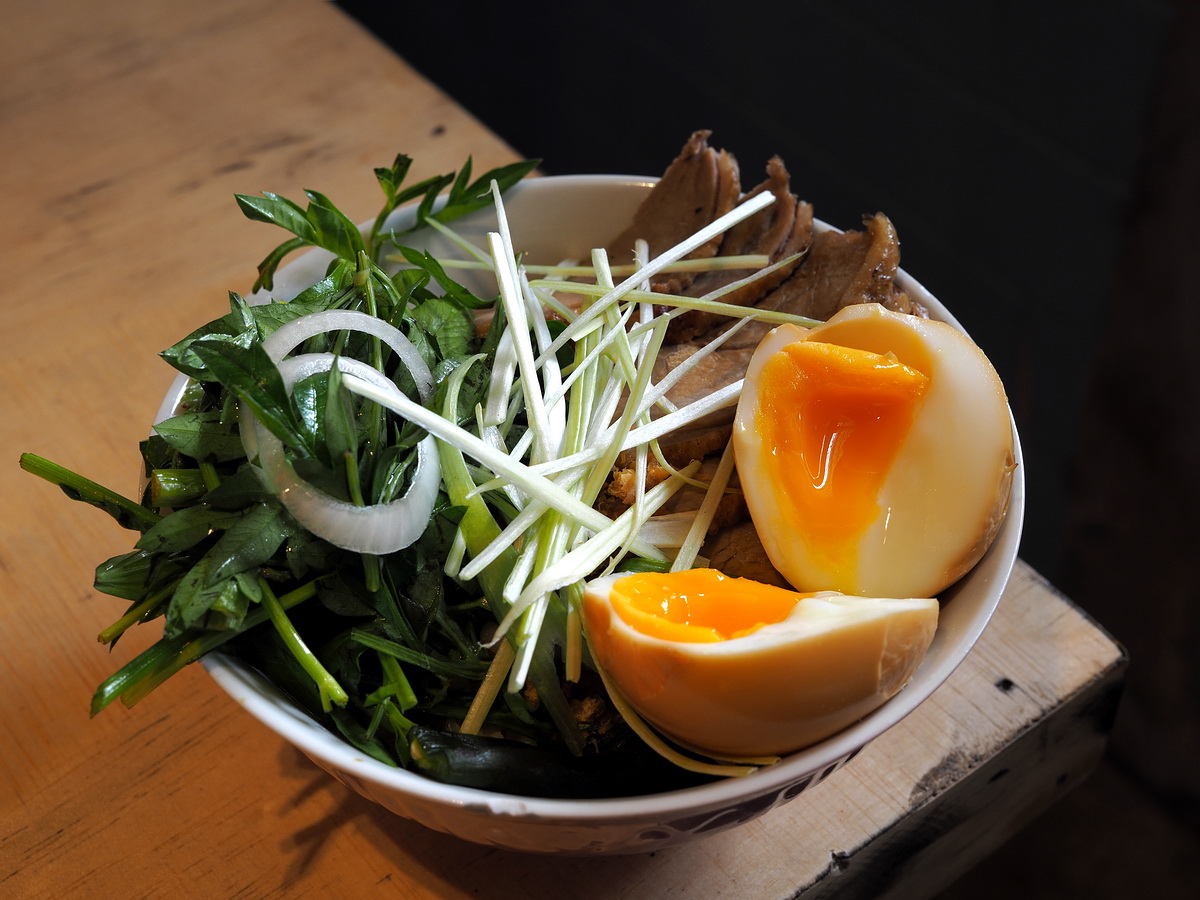
Having decent close up shooting makes this lens the perfect use for food photography!
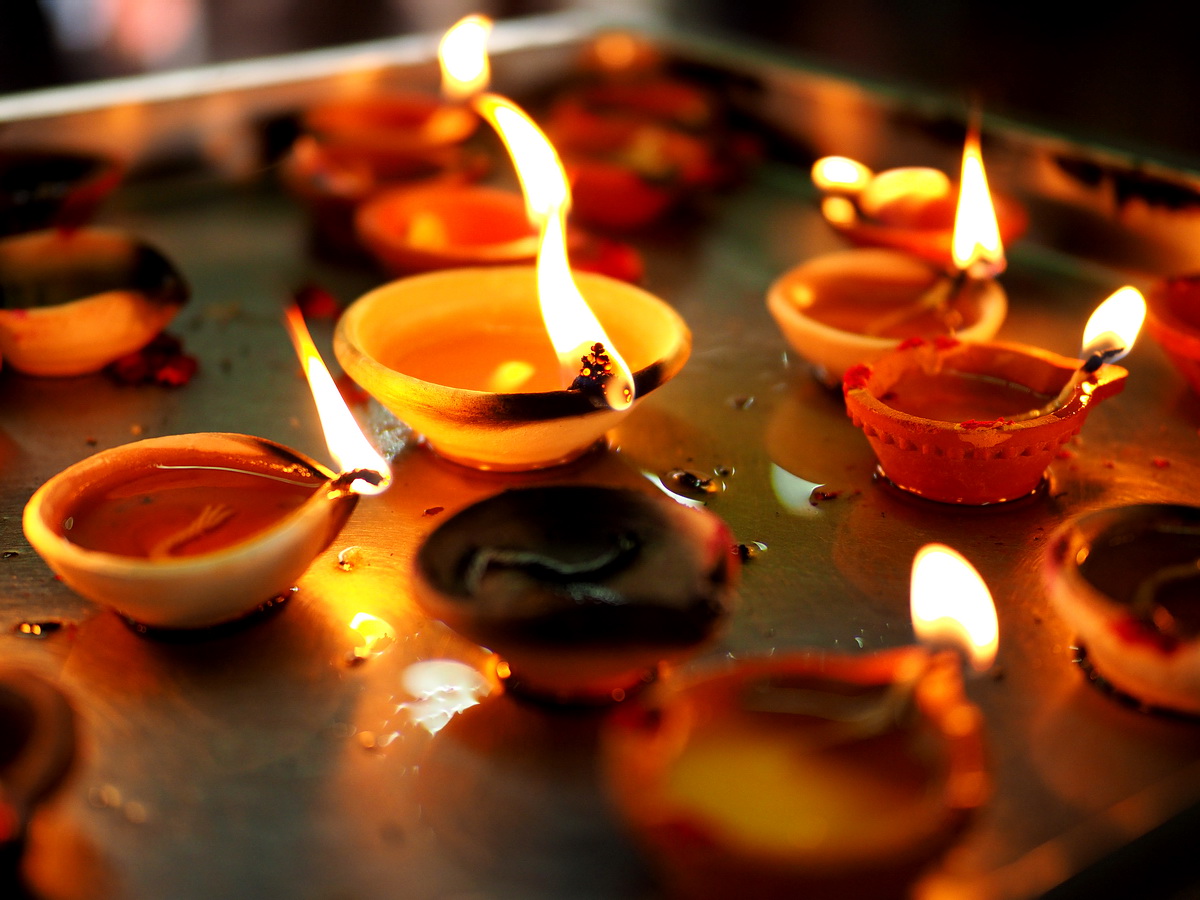
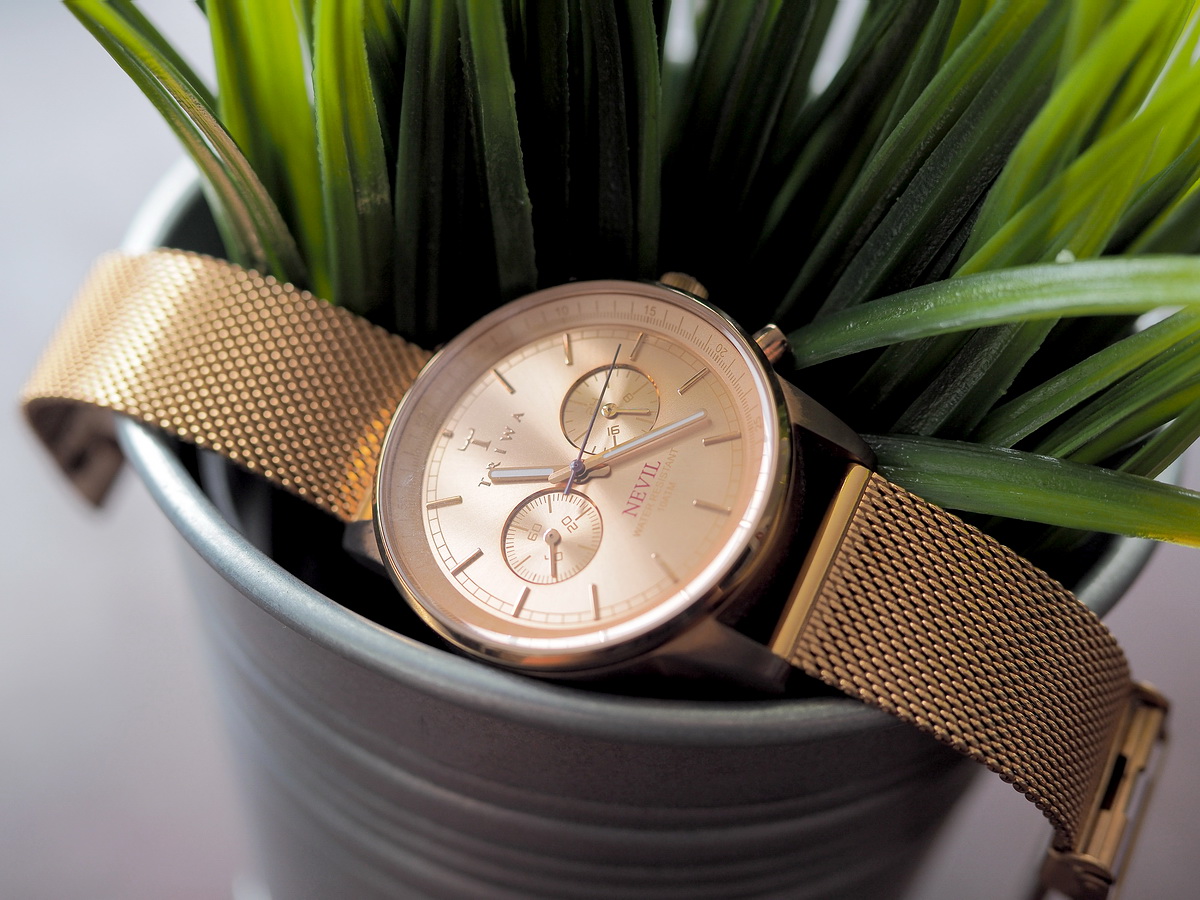
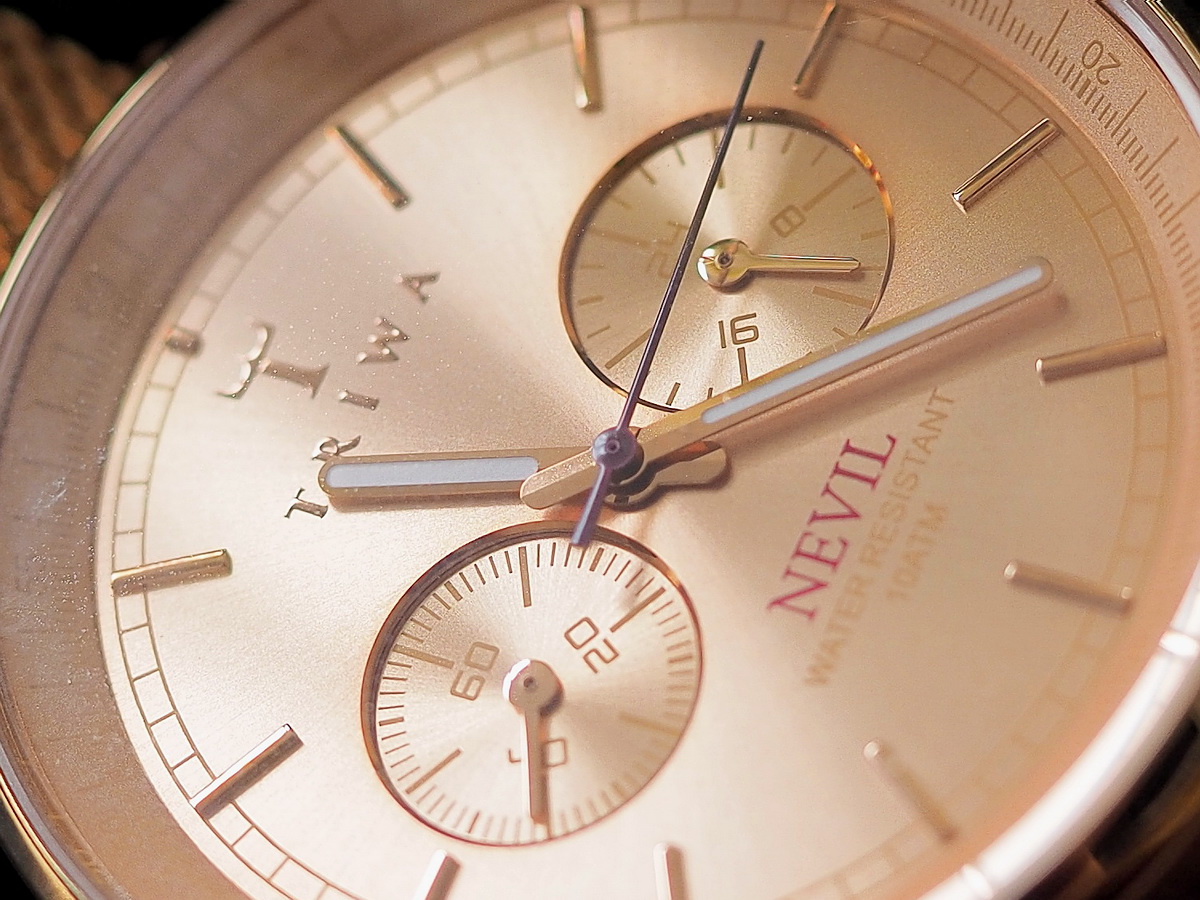

This is the closest I can get to, and the largest magnification that can be achieved with the 25mm F1.2 PRO lens.

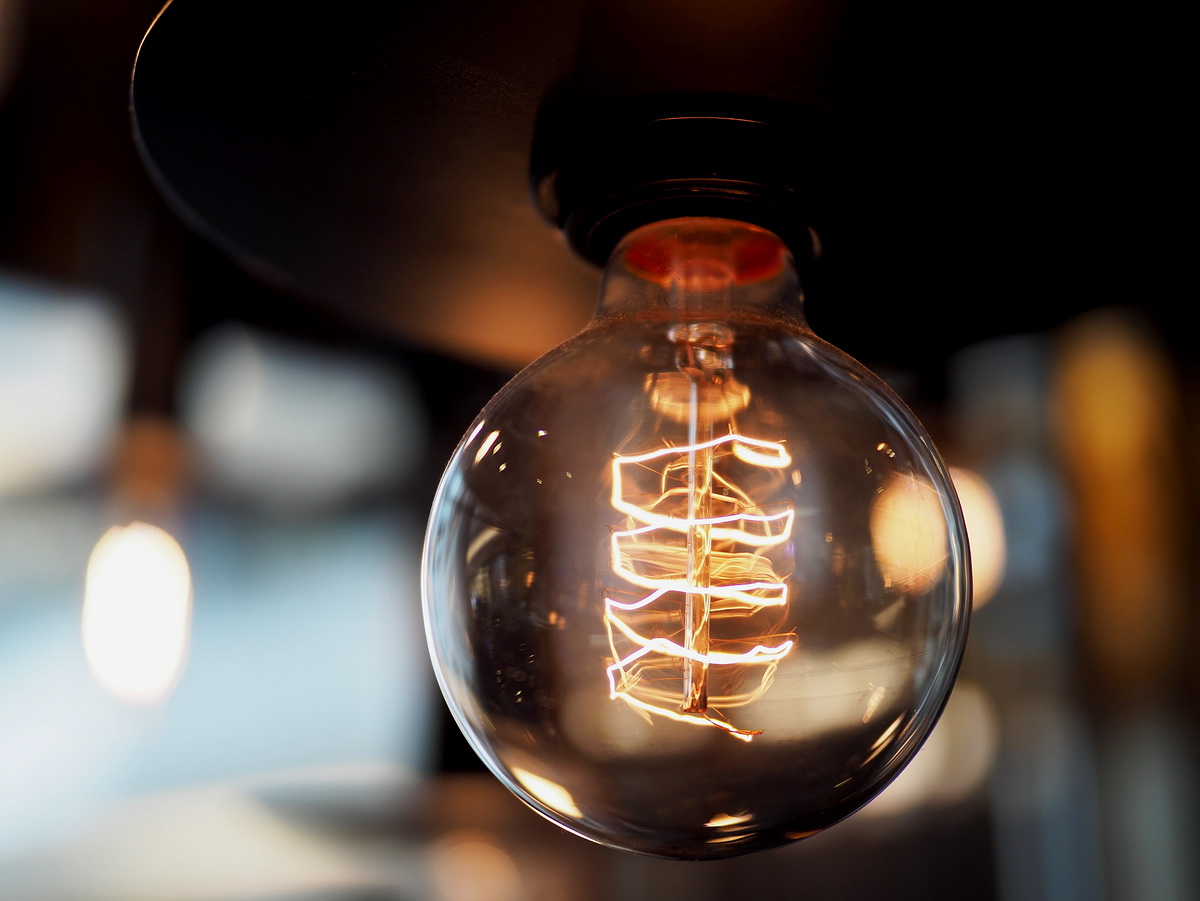
I think I have covered everything that needs to be covered for the M.Zuiko 25mm F1.2 PRO lens review. Before I wrap things up, let me show a series of portrait photos that I have taken just two days ago!
Carmen Hong, a beautiful Malaysian blogger, who also passionately shoots with Olympus (she owns E-PL7 and plethora of Olympus prime lenses) has volunteered to be my victim for this blog review purpose. As you all know, I am not a good portrait photographer, and I rarely do shoot arranged model sessions. Nonetheless, knowing that a majority of people who will purchase this 25mm F1.2 PRO lens will use it to shoot portraits, I thought it would be a good idea to demonstrate what this lens can do, shooting portraits! Carmen was gracious enough to spend her precious Sunday with me, and I just could not thank her enough for that.
Carmen Hong can be found here:
Blog: www.carmenhong.com
Instagram: @itscarmenhong
How was my portrait shooting experience, you asked?
The incredible lens sharpness even at F1.2, is further emphasized in this series of photographs! It is just impossible not to be blown away by how sharp this lens is, each and every time I review the images I have shot. The ability to isolate the subject from the background was much appreciated, and the smooth, creamy bokeh added that desirable quality to the photographs. All images were presented almost straight out of camera, with very minor contrast and white balance adjustments.

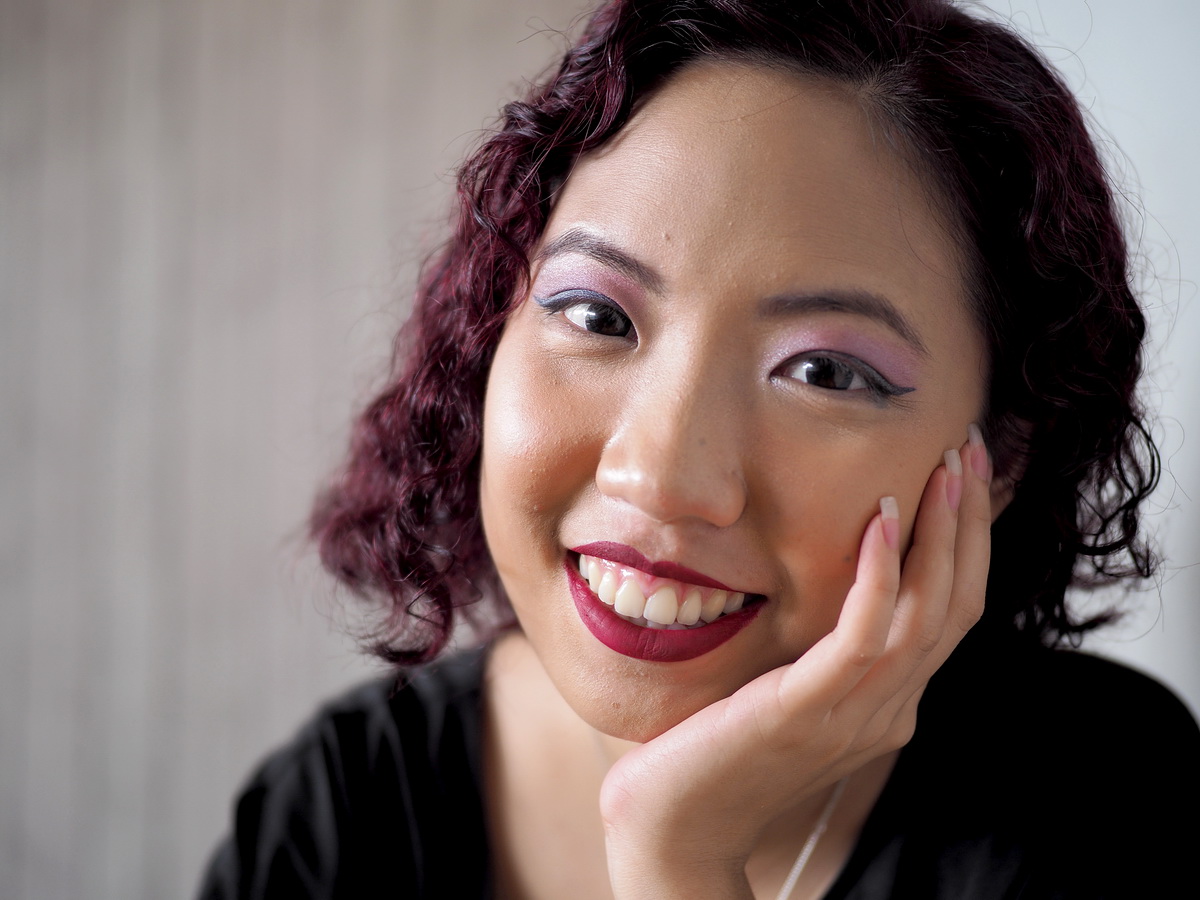
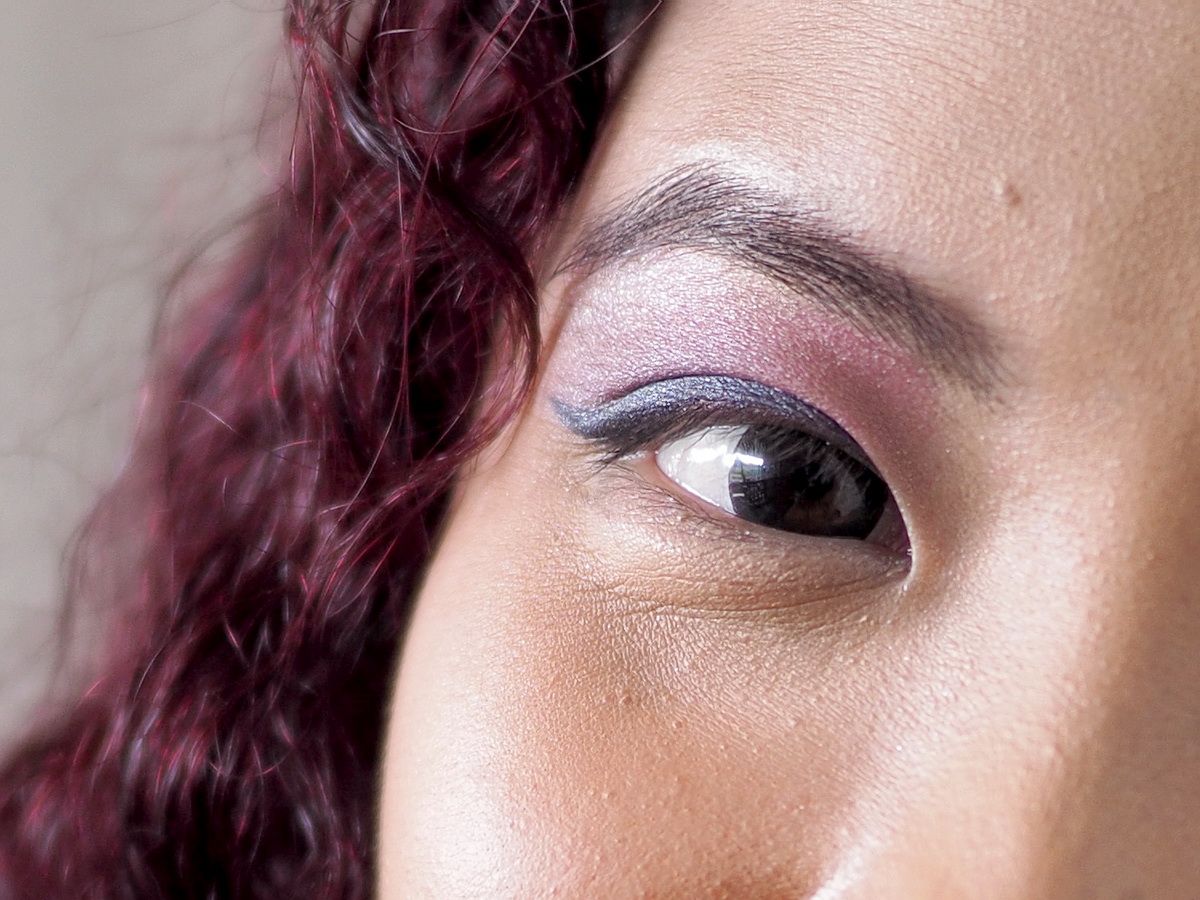


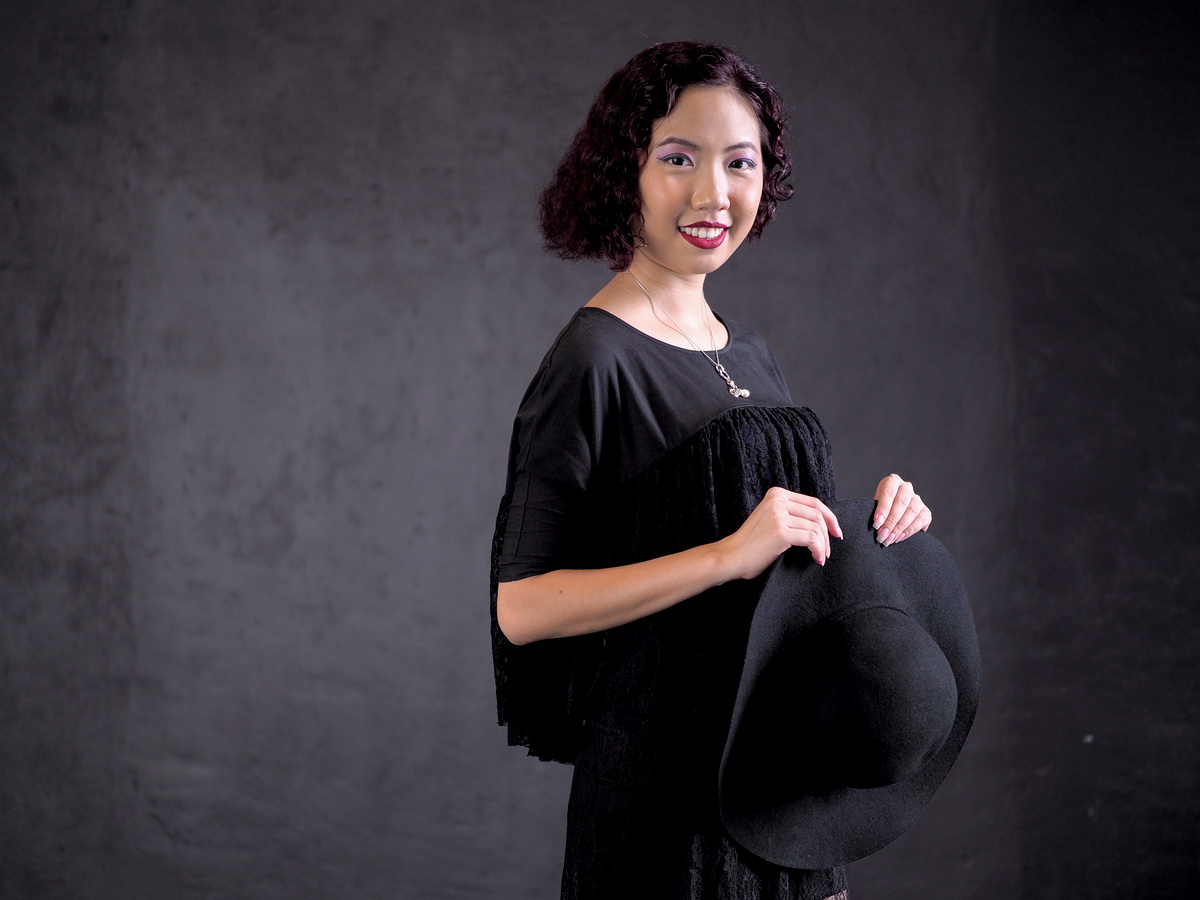
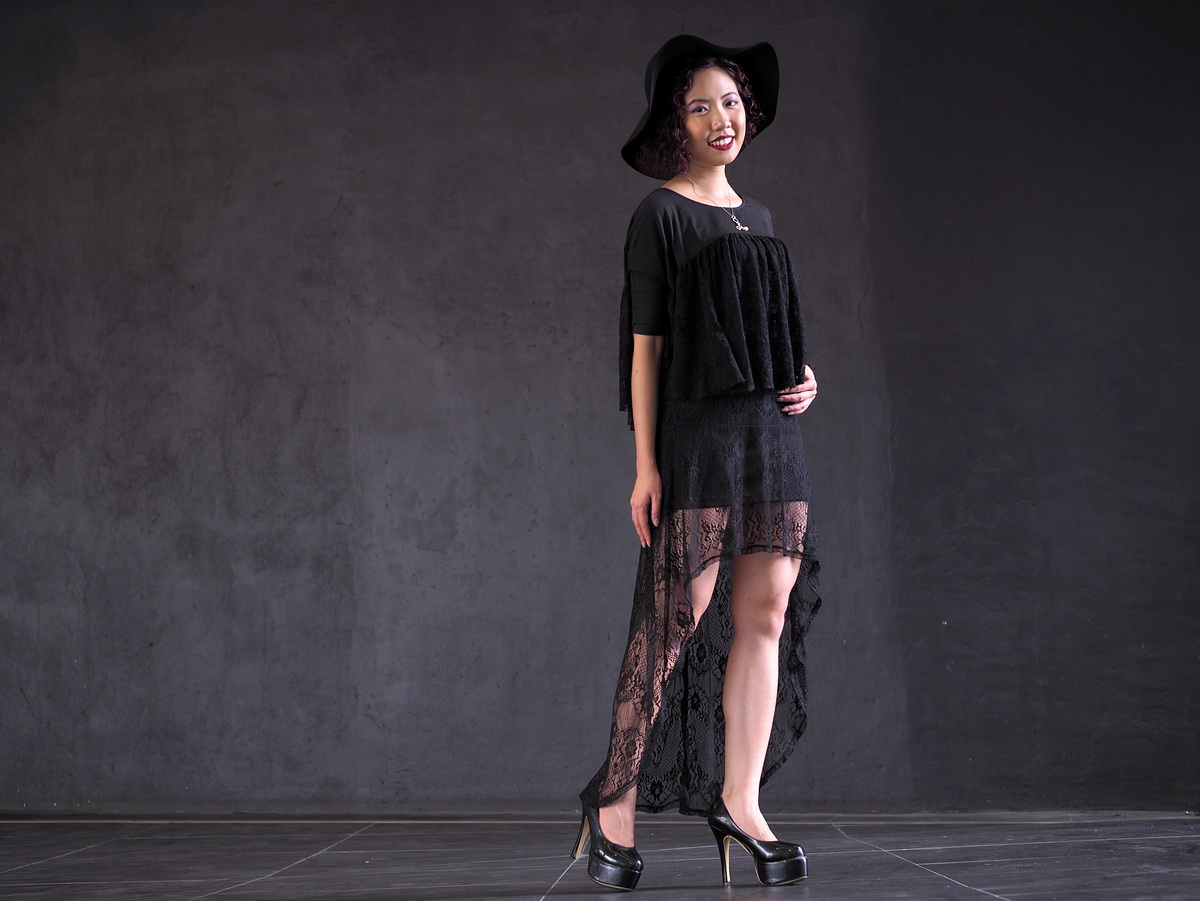
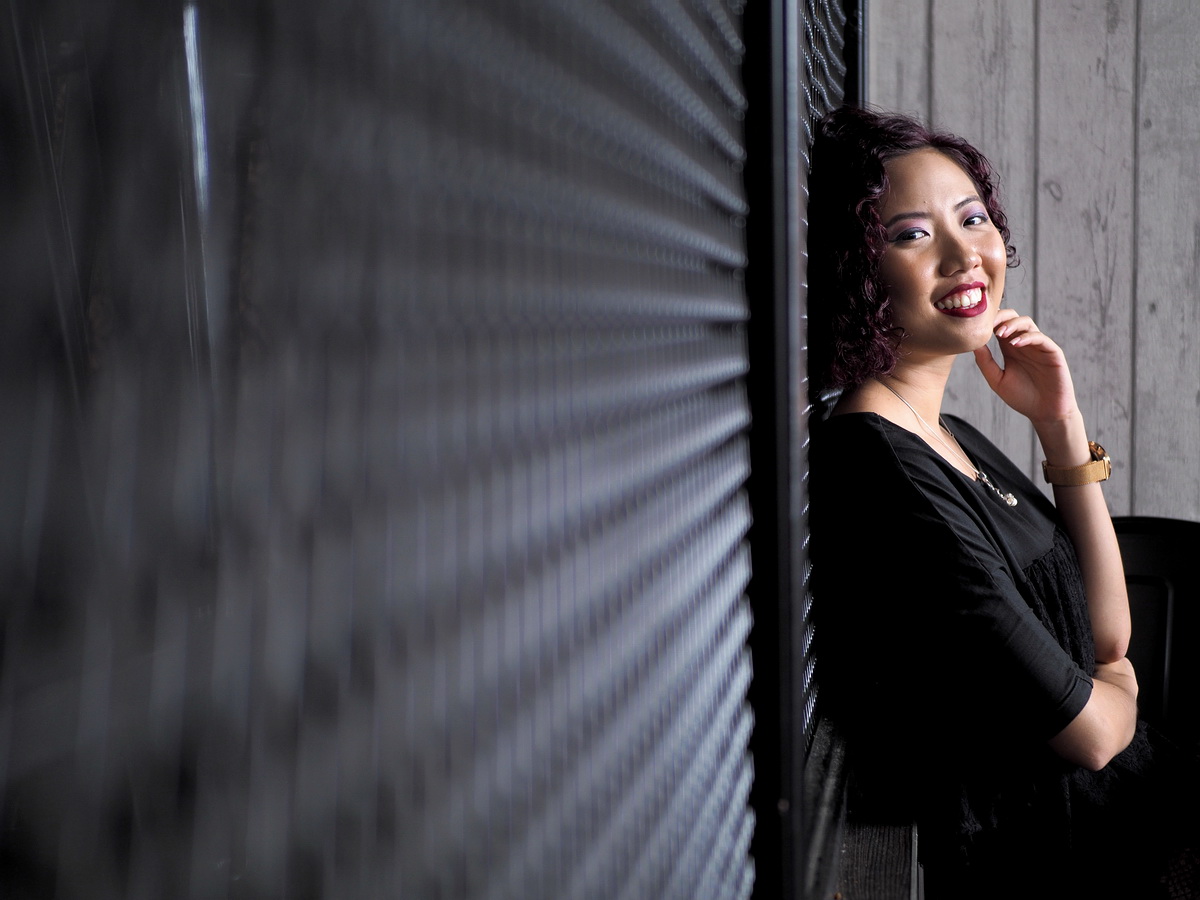
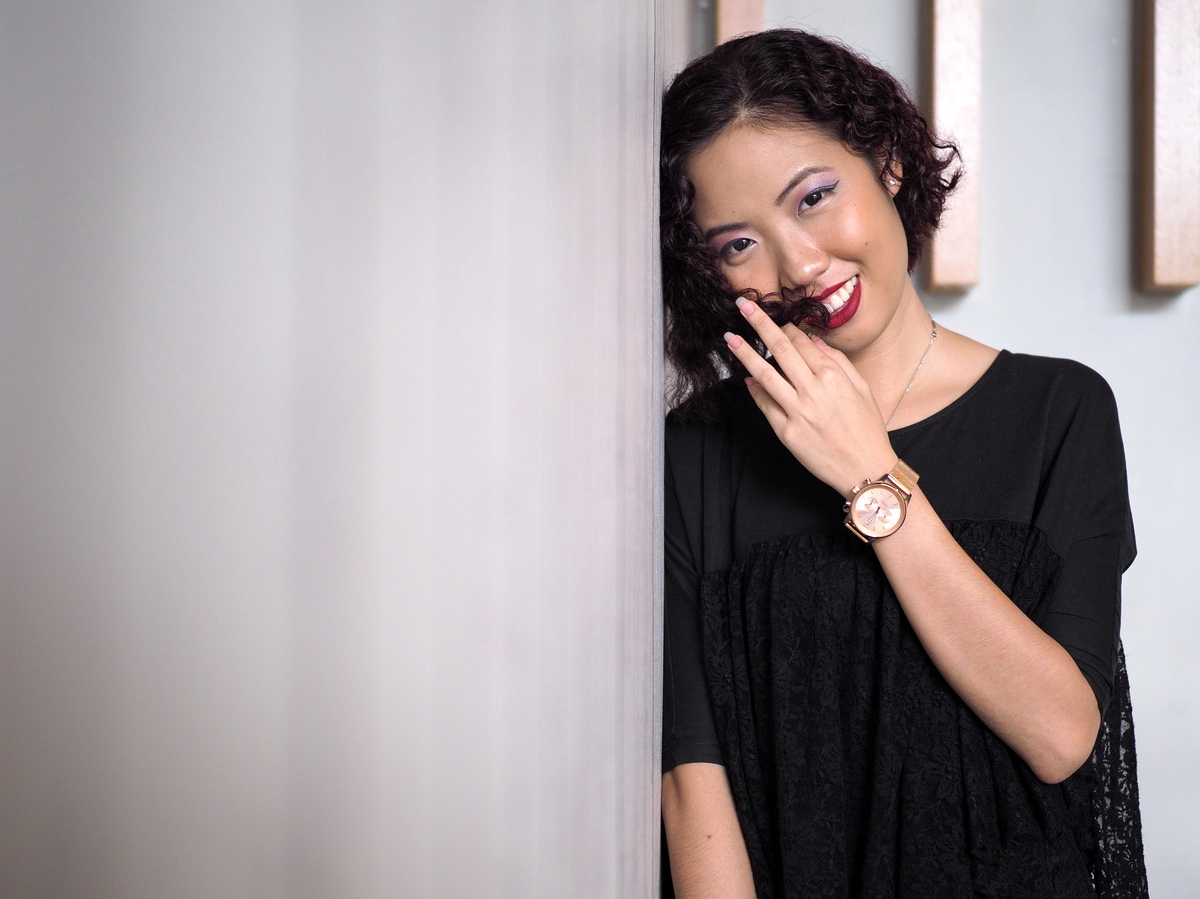




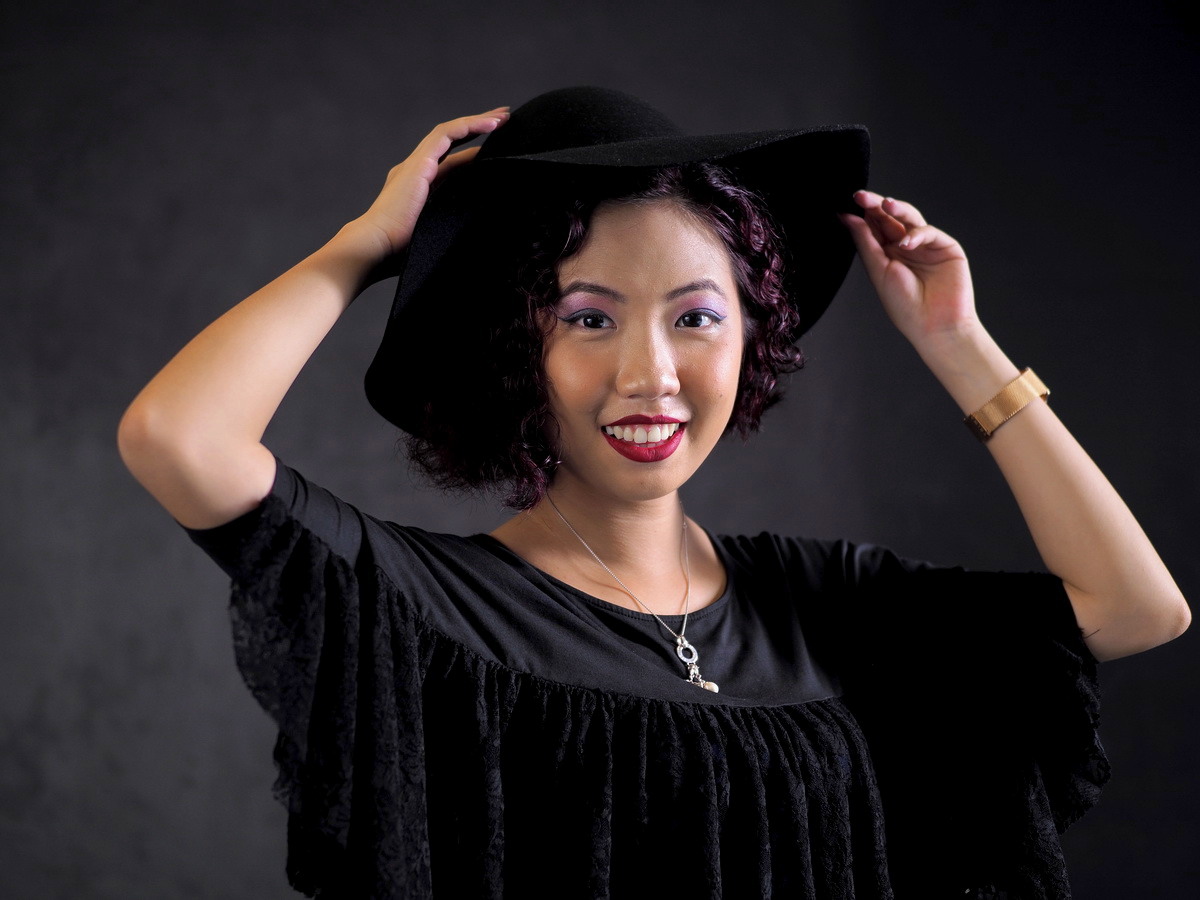


As usual, I provide full resolution sample images for your further pixel-peeping pleasures, if the crop samples shown in this blog is not enough to satisfy your needs.
You may view and download the M.ZUIKO 25MM F1.2 PRO FULL RESOLUTION IMAGES HERE
REVIEW CONCLUSIONS
What I like about the M.Zuiko 25mm F1.2 PRO Lens?
1) It is incredibly sharp, even at F1.2
2) Beautiful, pleasing bokeh
3) Very minimal lens flaw observed, good distortion, chromatic aberration and flare control
What I dislike about the lens?
None at this moment.
The Olympus M.Zuiko 25mm F1.2 PRO lens is an incredibly high performing lens, delivering high level of contrast and sharpness even shooting at wide open F1.2. The bokeh is smooth and creamy, rendering images with great depth and 3D look. Lens technical flaws are well suppressed and controlled, exhibiting almost no trace of distortion, chromatic aberration or flare issues. Having a minimum focusing distance of 19.5cm from the front of the lens can create some dramatic close up shots.
I foresee size and weight to be a popular complain, but honestly, it is almost impossible to create a compact-sized F1.2 lens that is super sharp at F1.2 with superbly fast autofocus. Also, price will be an issue, and this is a subjective comment which I will avoid.
I hope you have enjoyed the blog review of Olympus M.Zuiko 25mm F1,2 PRO lens. Please do comment if you have further questions, I will try my best to answer them.
JOIN OUR FACEBOOK GROUP

Robin Wong. Born in Kuching, graduated from UWA, Perth, Australia. Was Geotechnical Engineer based in Kuala Lumpur. Now a member of Olympus Malaysia. Dabbles in the world of photography. Loves doing “shutter therapy”, shooting just for the fun of it. Shoots passionately with Olympus gear. Loves food. Loves music. Loves people.

